
Wall Tiles
826 products
Showing 793 - 816 of 826 products


 Daltile Color Wheel Classic 3" x 6" Ceramic Wall Tile
Daltile Color Wheel Classic 3" x 6" Ceramic Wall Tile

 Daltile Color Wheel Linear 4" x 8" Ceramic Wall Tile
Daltile Color Wheel Linear 4" x 8" Ceramic Wall Tile

 Daltile Color wheel Linear 4" x 16" Ceramic Wall Tile
Daltile Color wheel Linear 4" x 16" Ceramic Wall Tile

 Daltile Color wheel Linear 4" x 12" Ceramic Wall Tile
Daltile Color wheel Linear 4" x 12" Ceramic Wall Tile

 Daltile Color wheel Linear 2" x 8" Ceramic Wall Tile
Daltile Color wheel Linear 2" x 8" Ceramic Wall Tile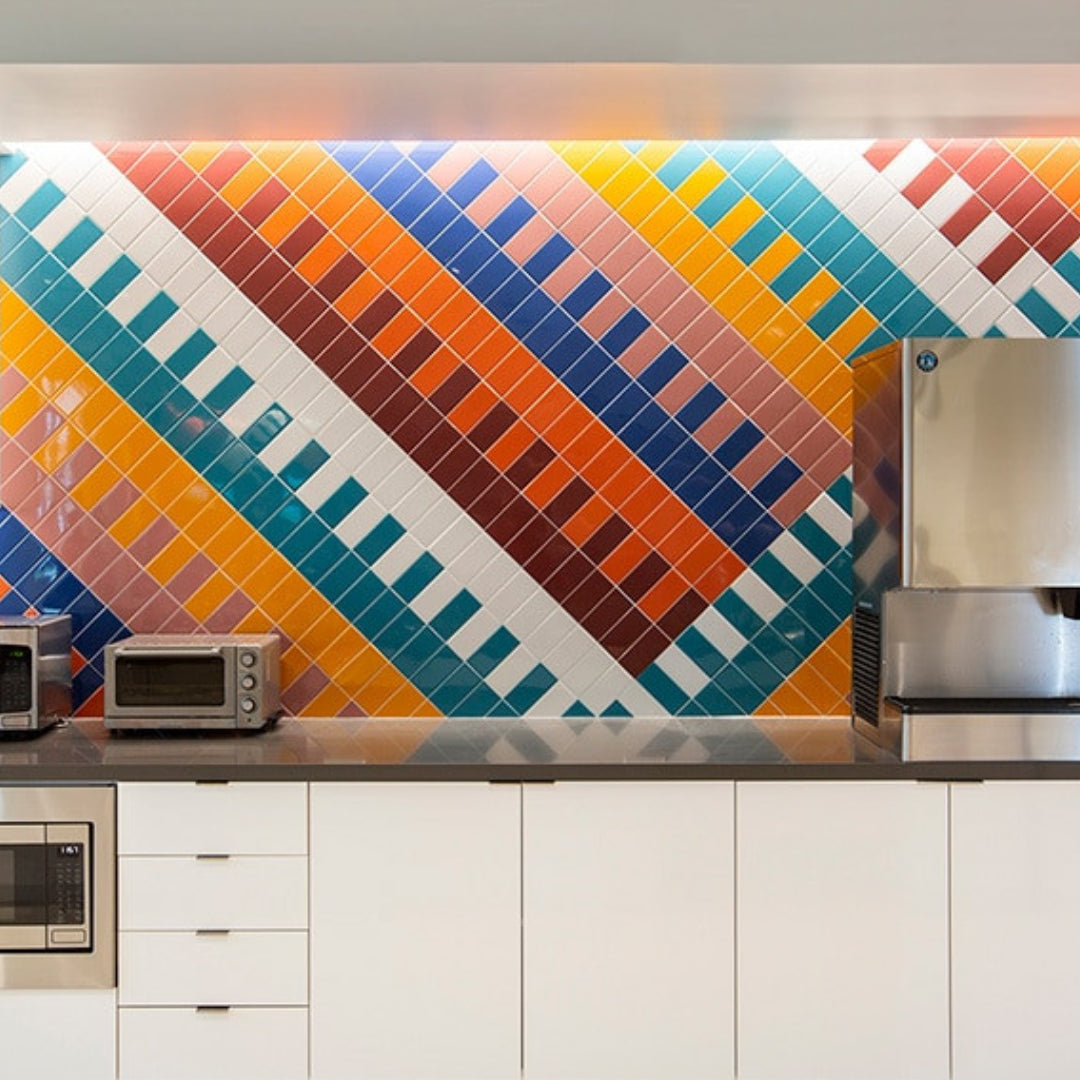
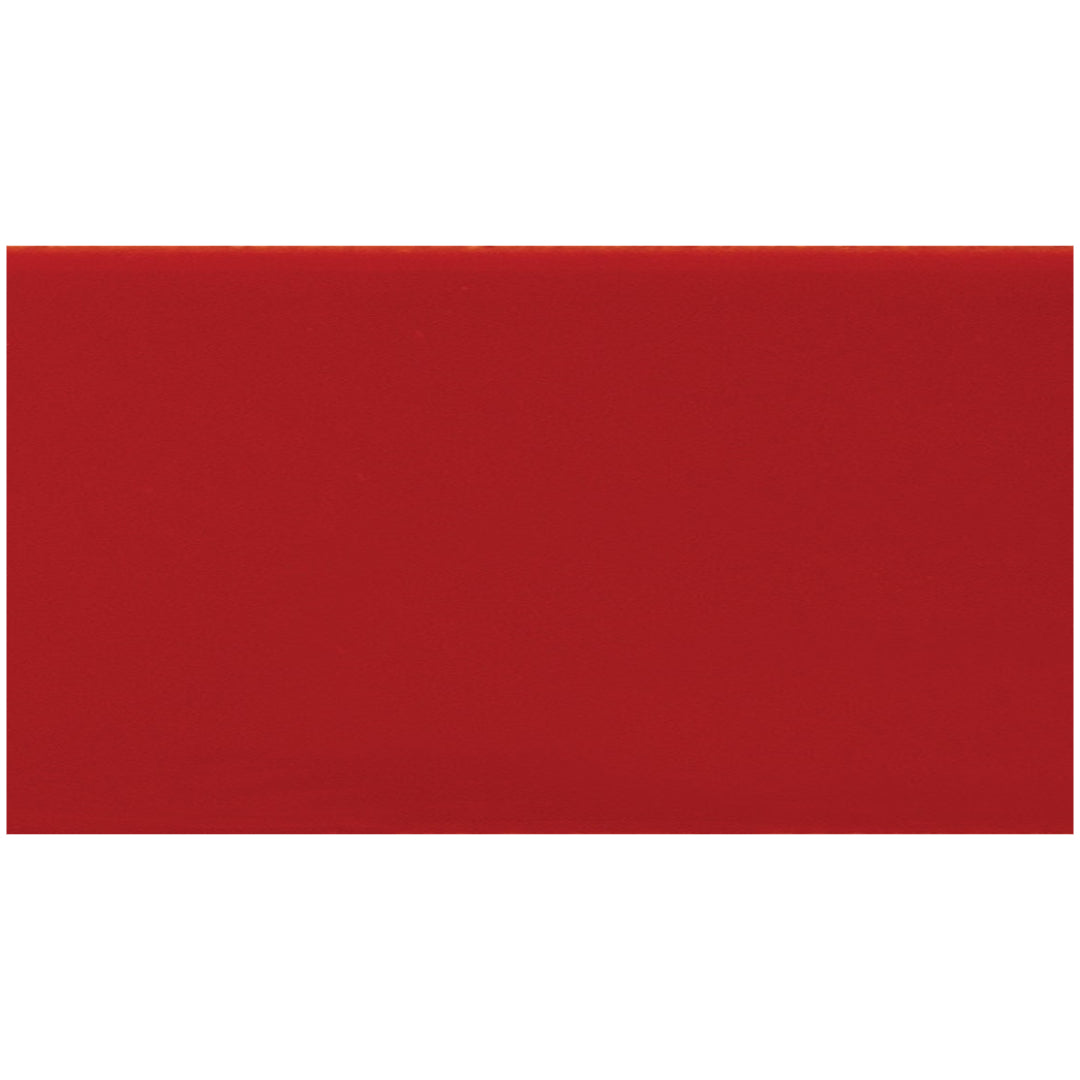
 Daltile Colormatch 4" x 16" Glossy Ceramic Wall Tile
Daltile Colormatch 4" x 16" Glossy Ceramic Wall Tile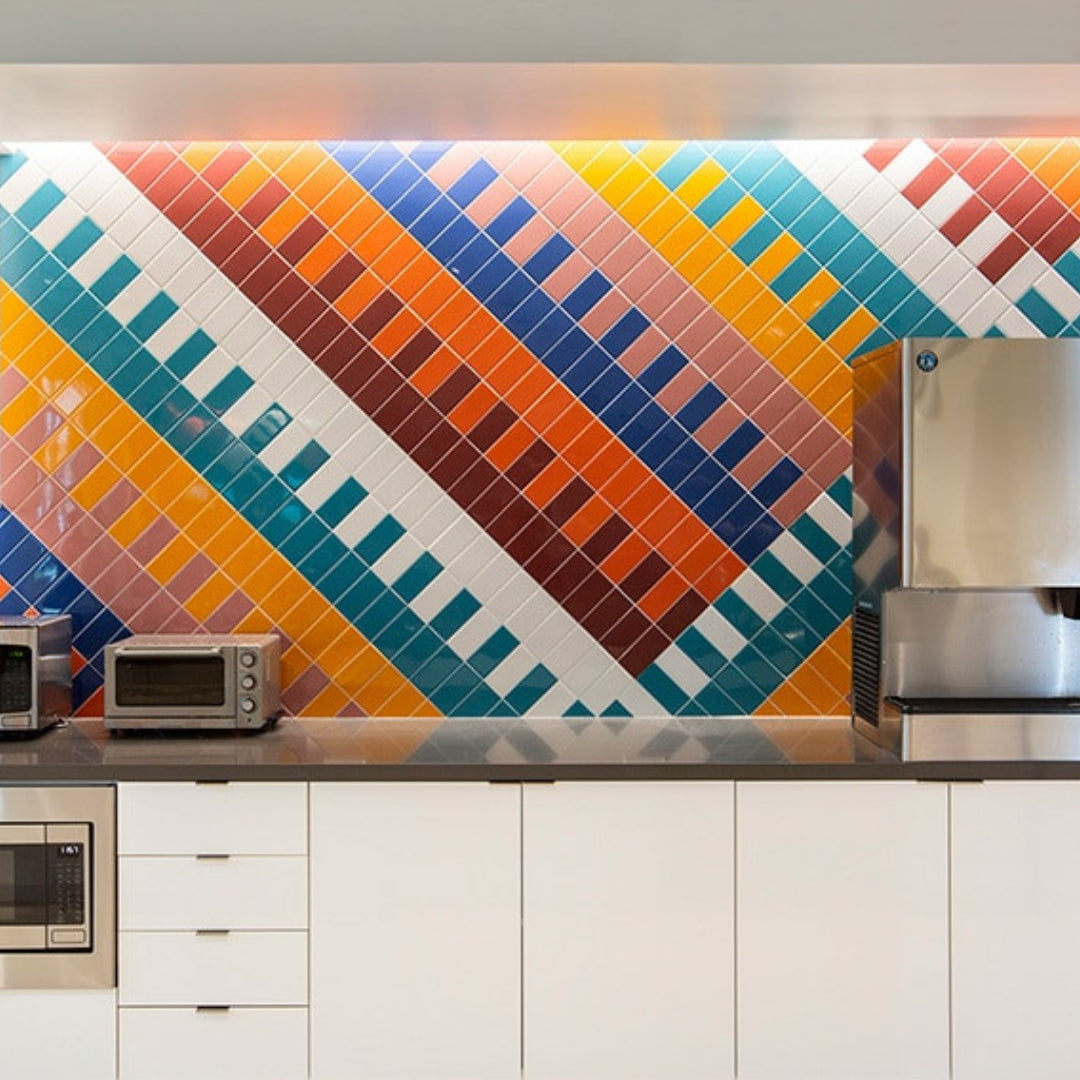
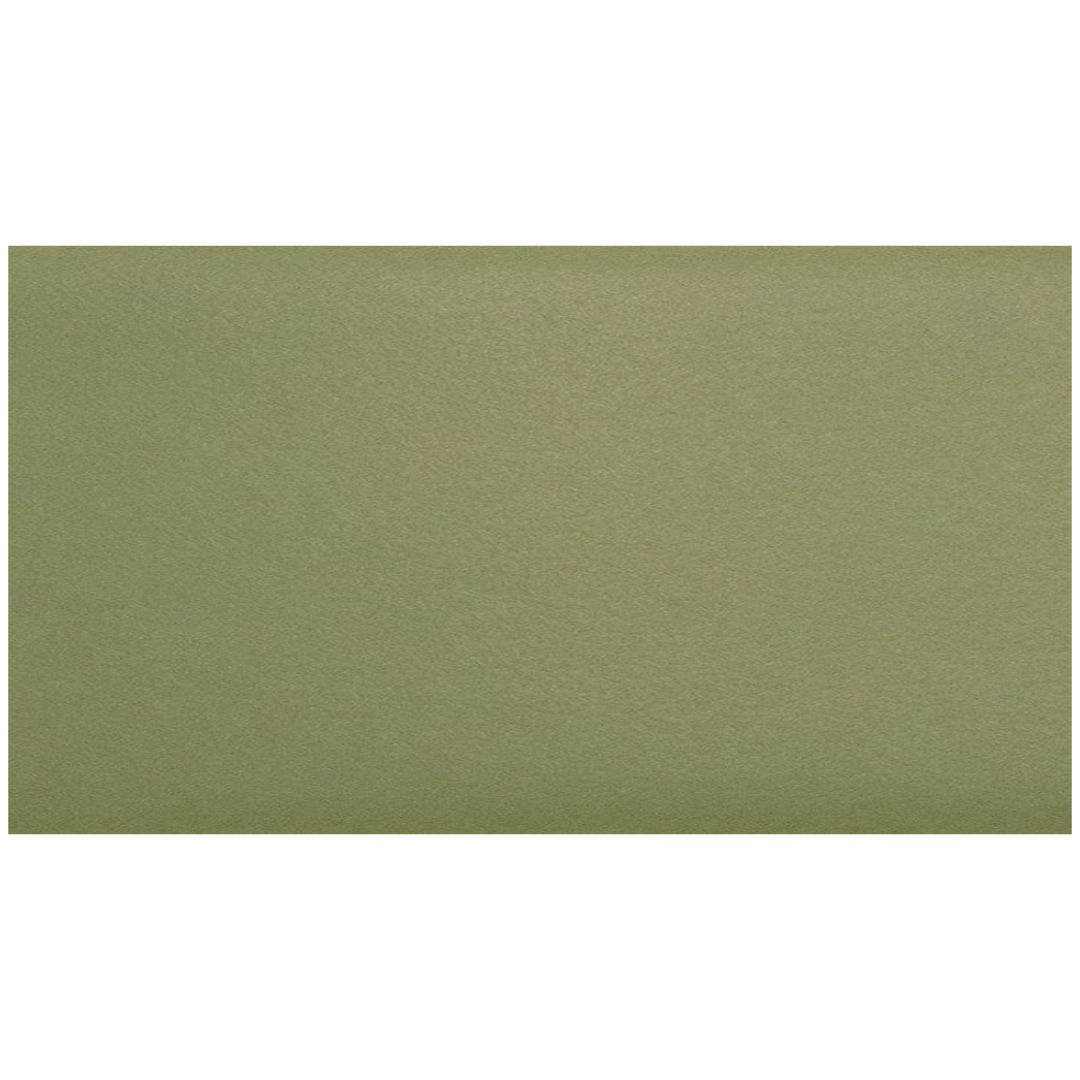
 Daltile Colormatch 4" x 12" Matte Ceramic Wall Tile
Daltile Colormatch 4" x 12" Matte Ceramic Wall Tile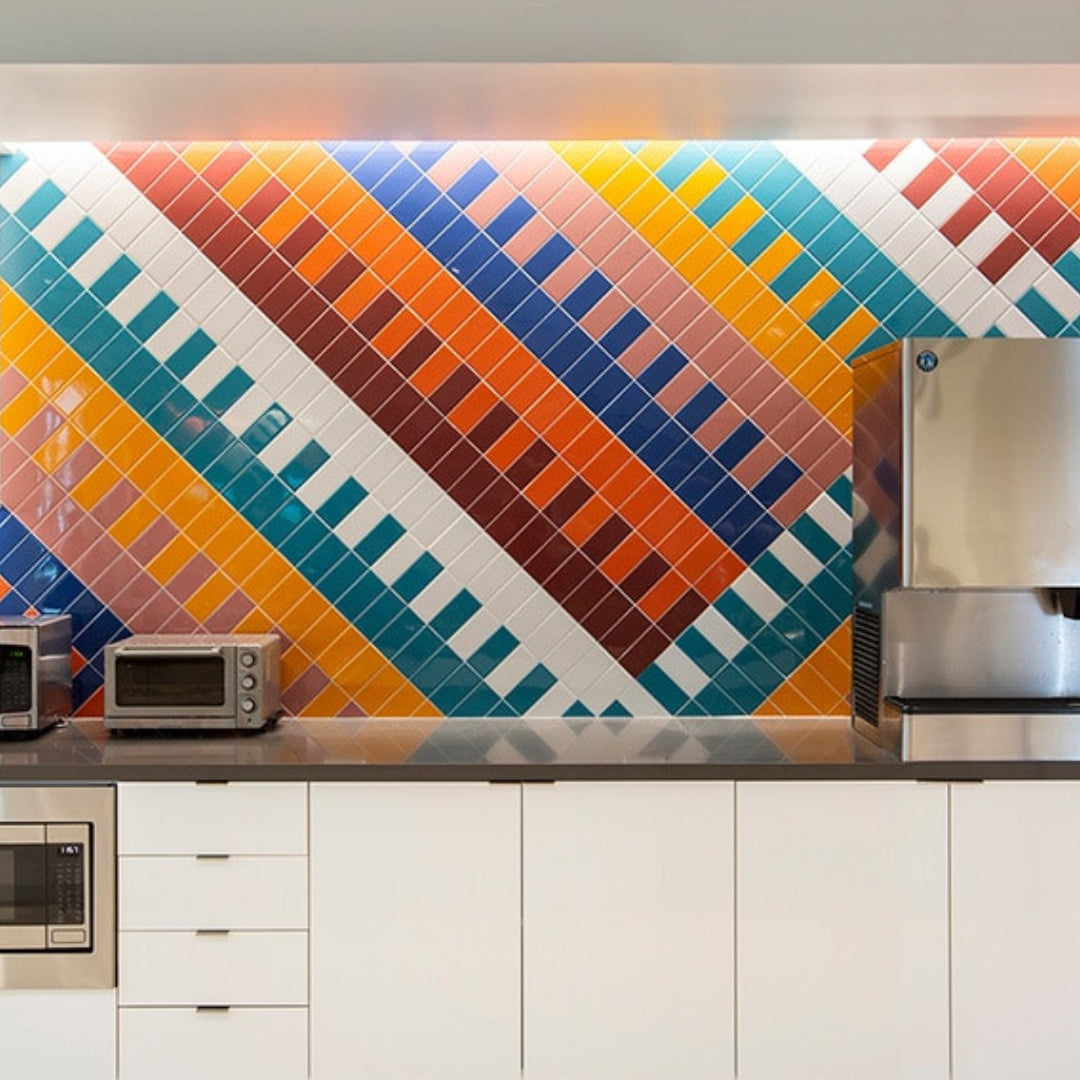
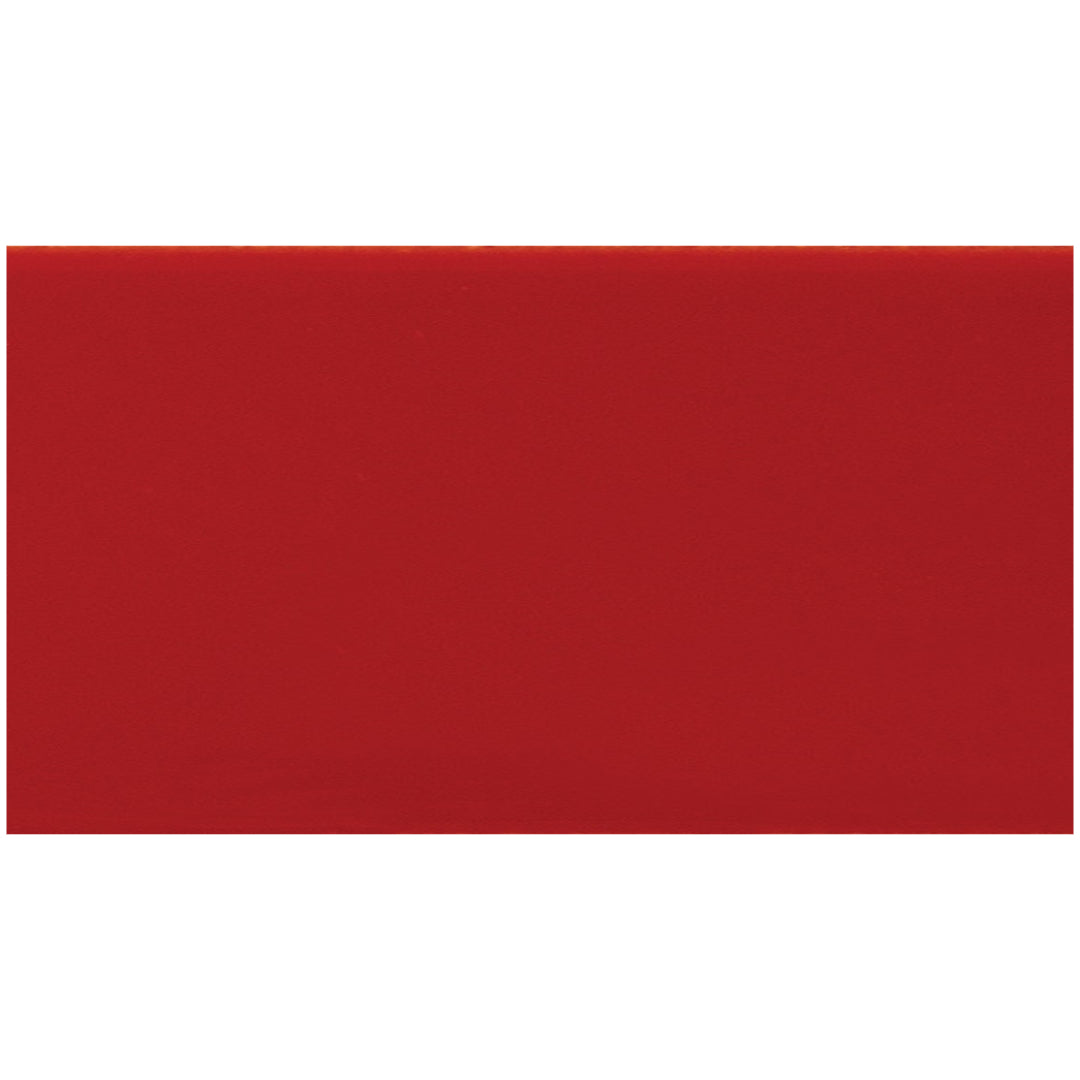
 Daltile Colormatch 4" x 12" Glossy Ceramic Wall Tile
Daltile Colormatch 4" x 12" Glossy Ceramic Wall Tile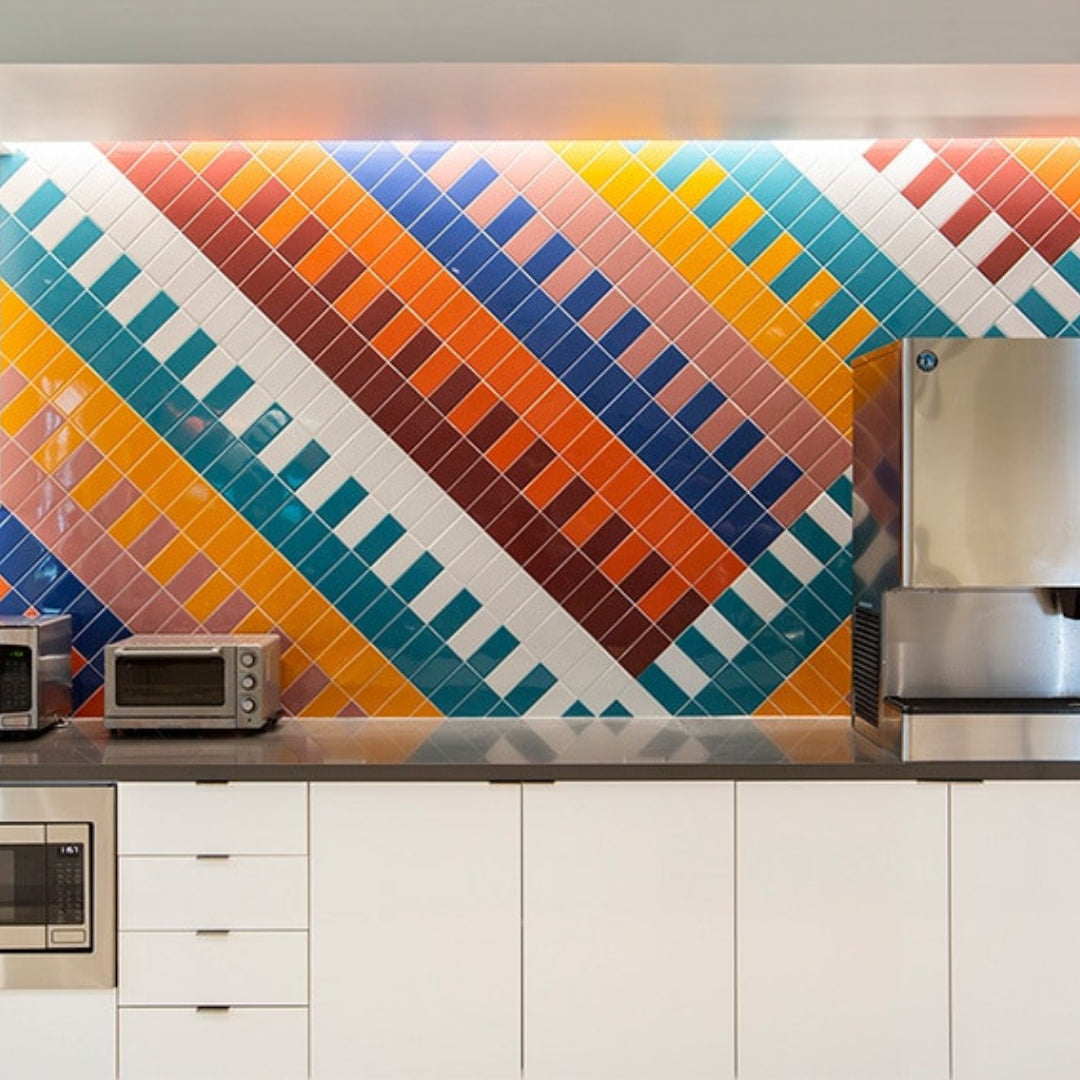
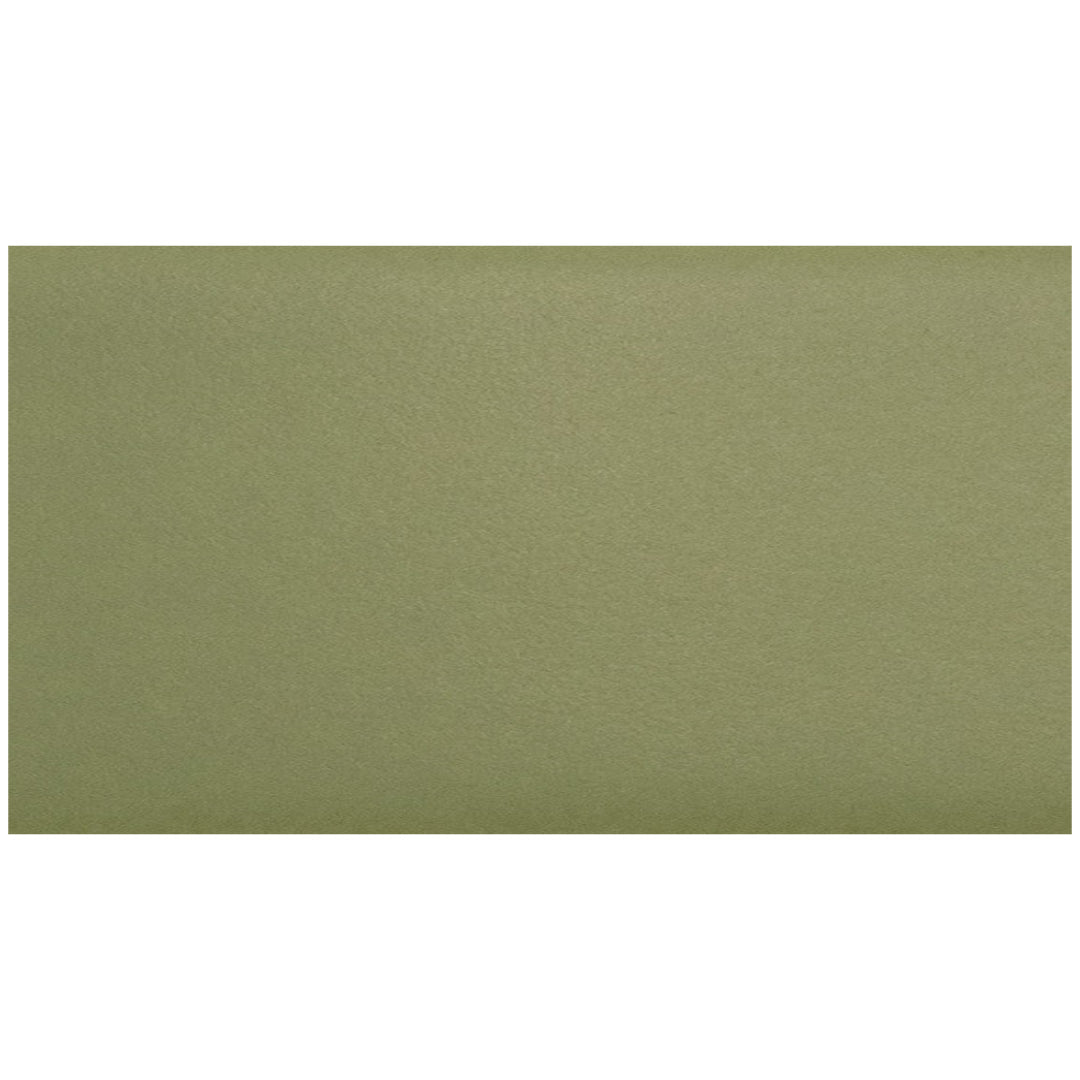
 Daltile Colormatch 3" x 6" Matte Ceramic Wall Tile
Daltile Colormatch 3" x 6" Matte Ceramic Wall Tile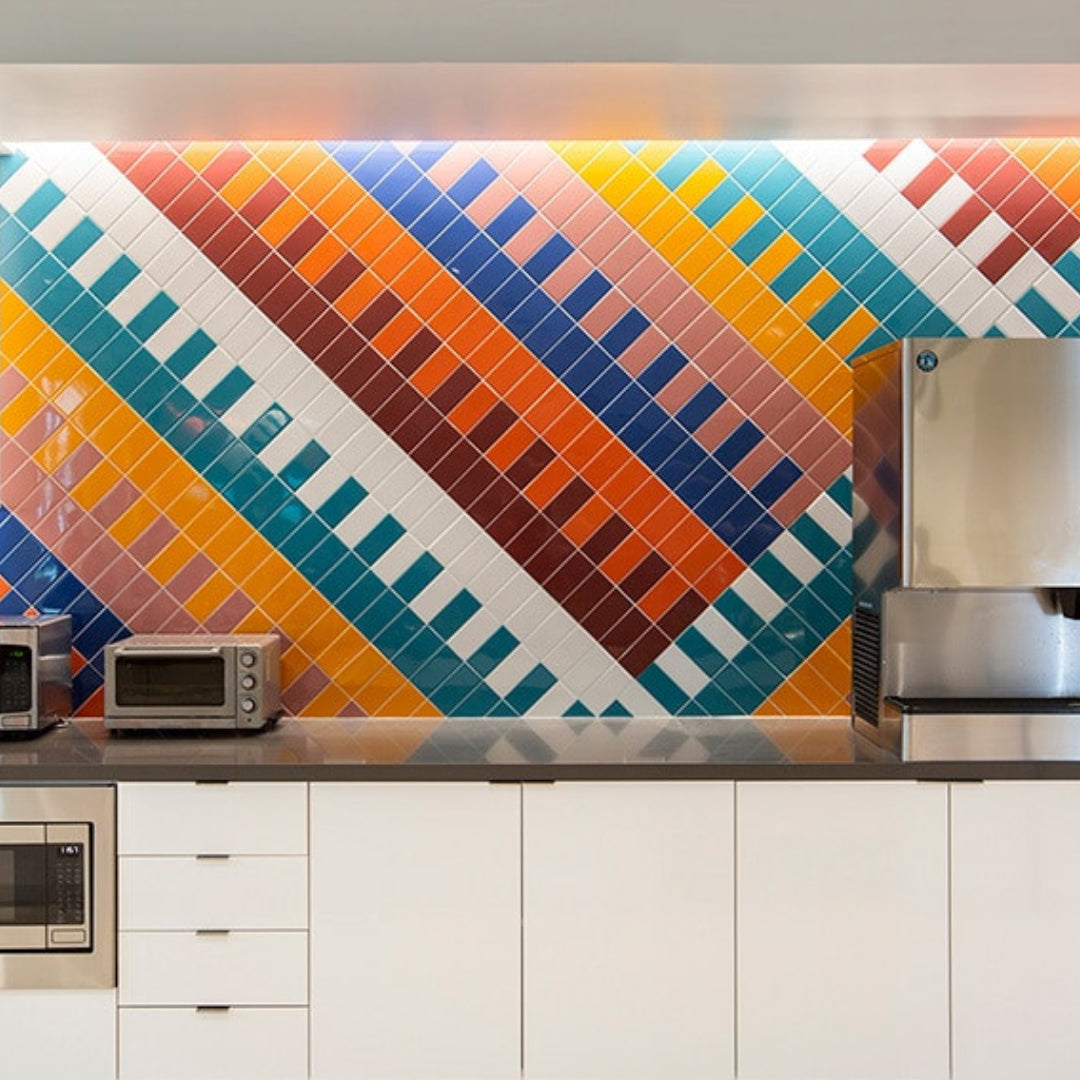
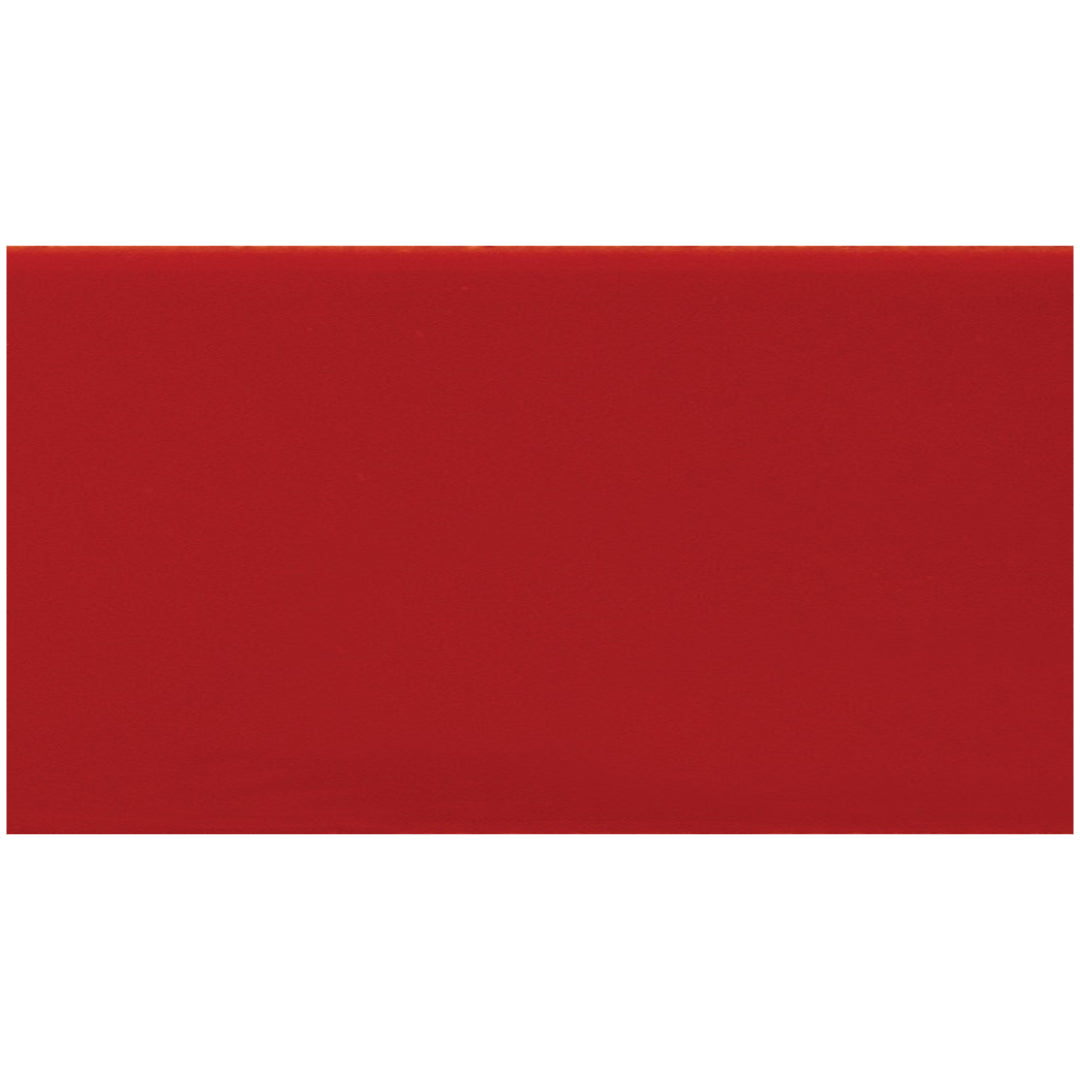
 Daltile Colormatch 3" x 6" Glossy Ceramic Wall Tile
Daltile Colormatch 3" x 6" Glossy Ceramic Wall Tile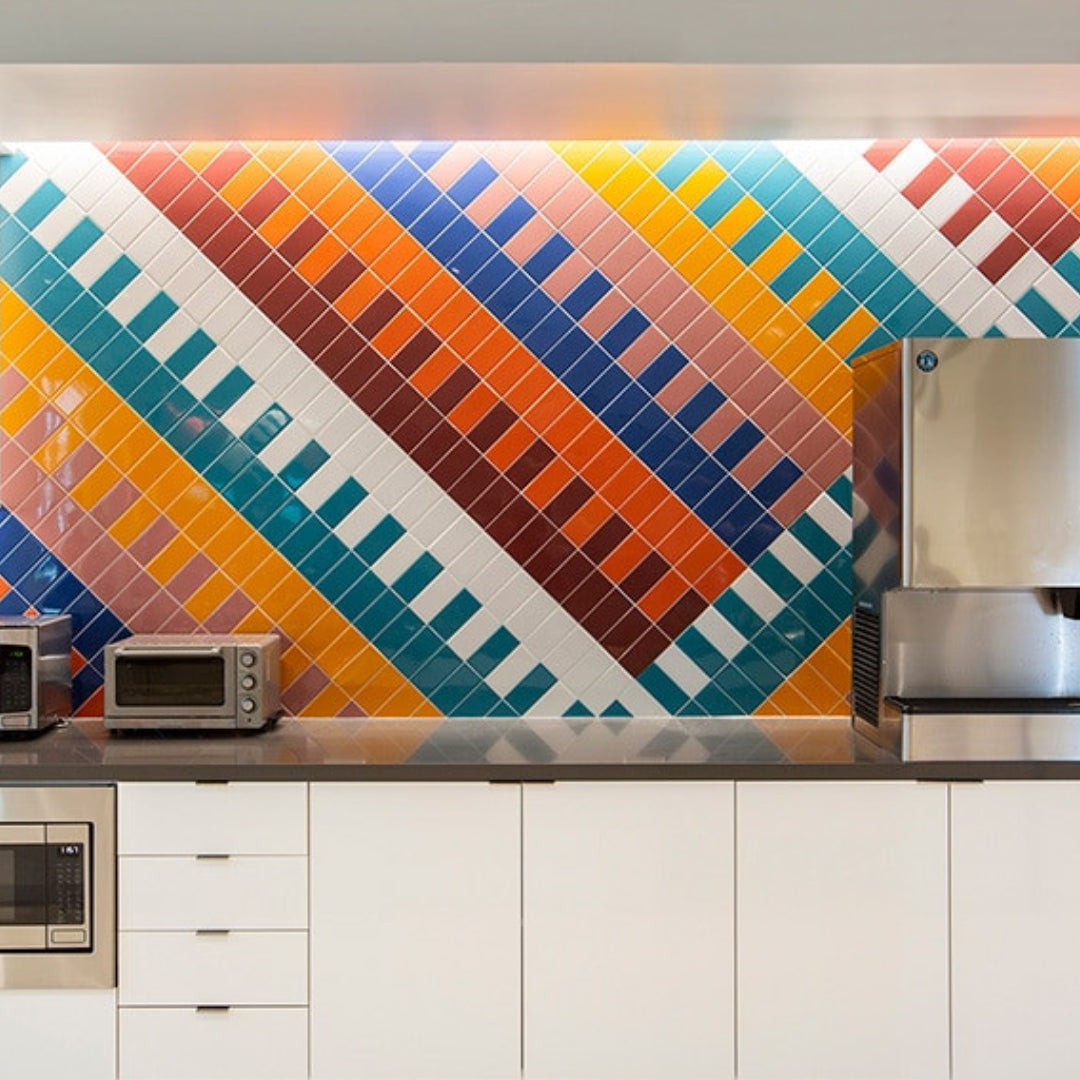
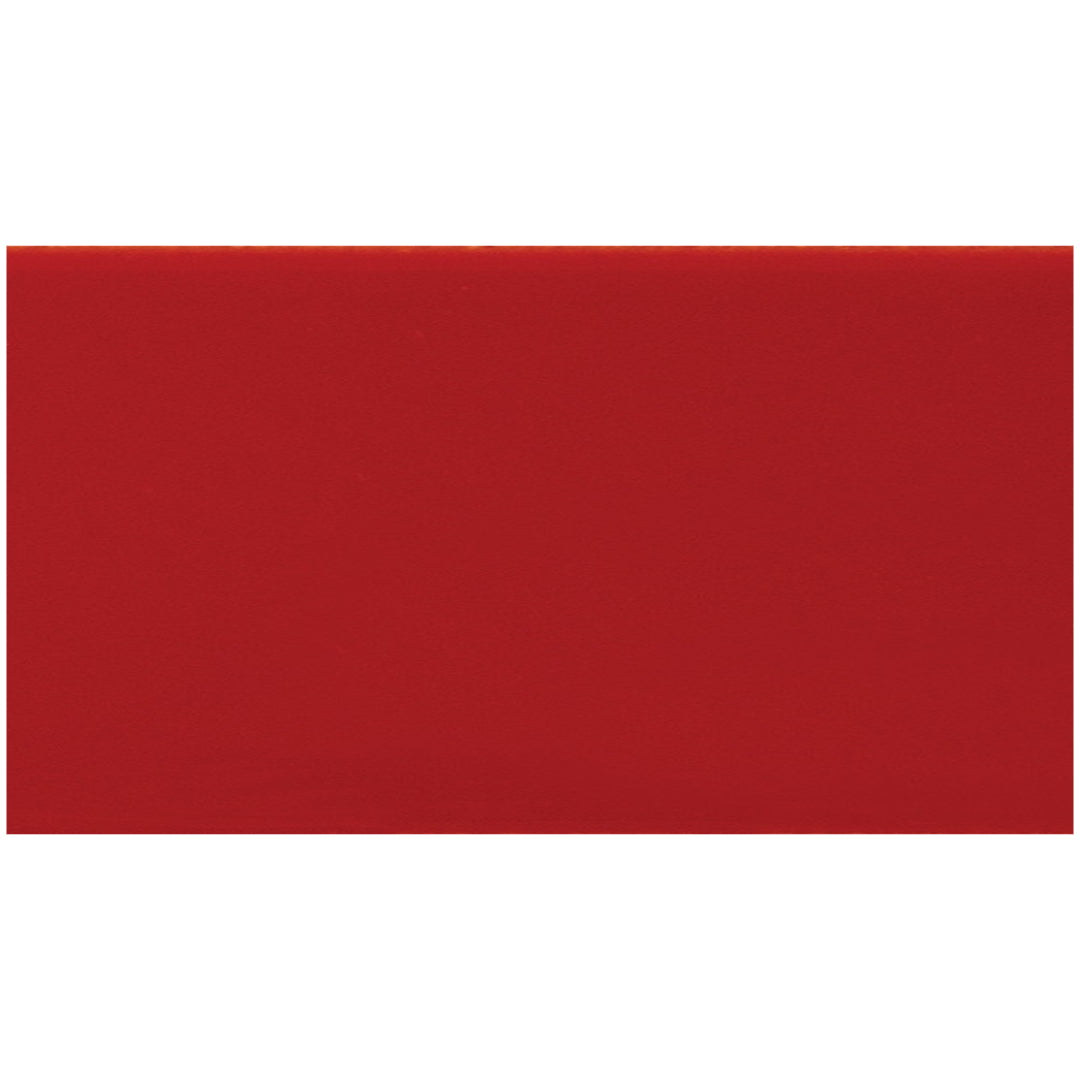
 Daltile Colormatch 3" x 12" Glossy Ceramic Wall Tile
Daltile Colormatch 3" x 12" Glossy Ceramic Wall Tile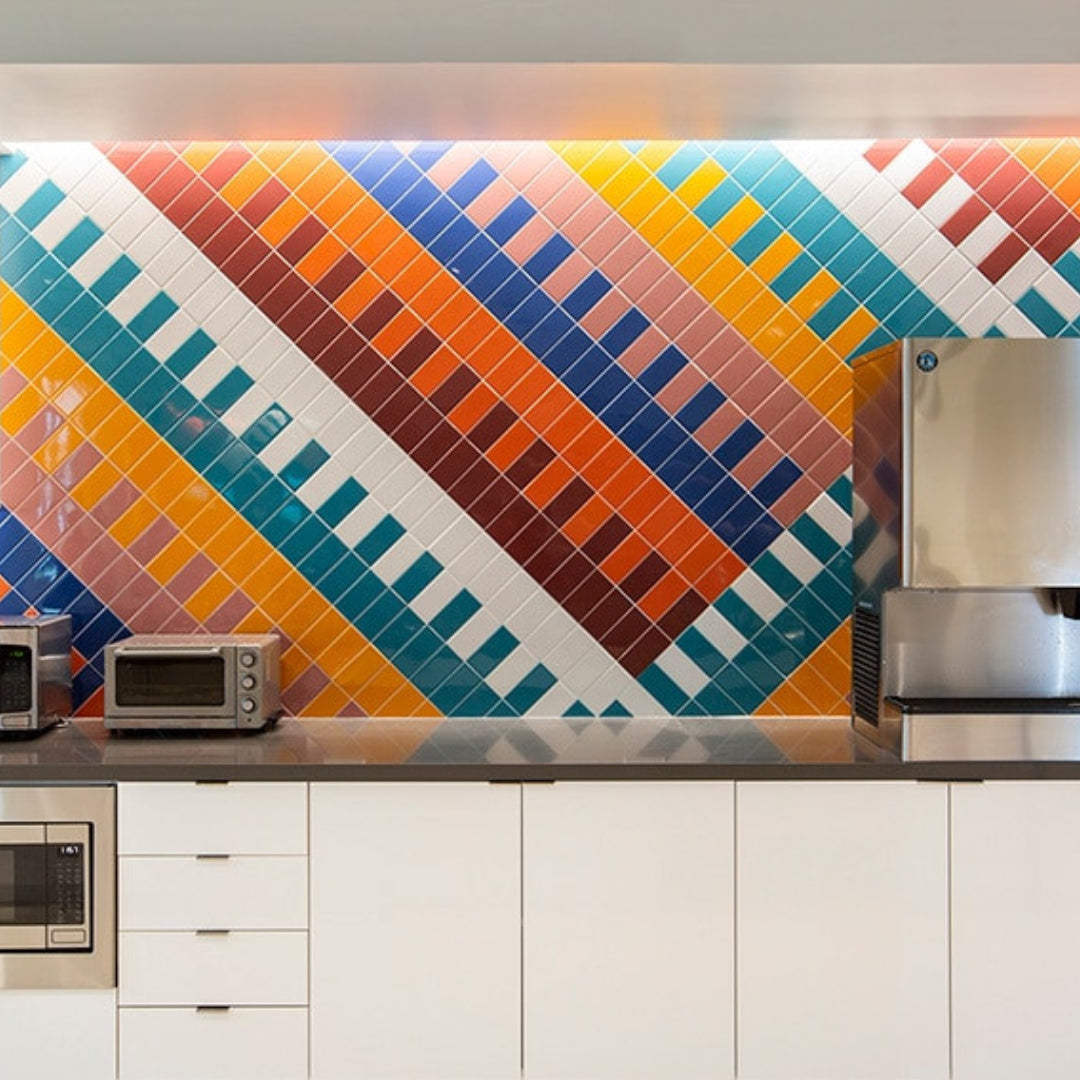
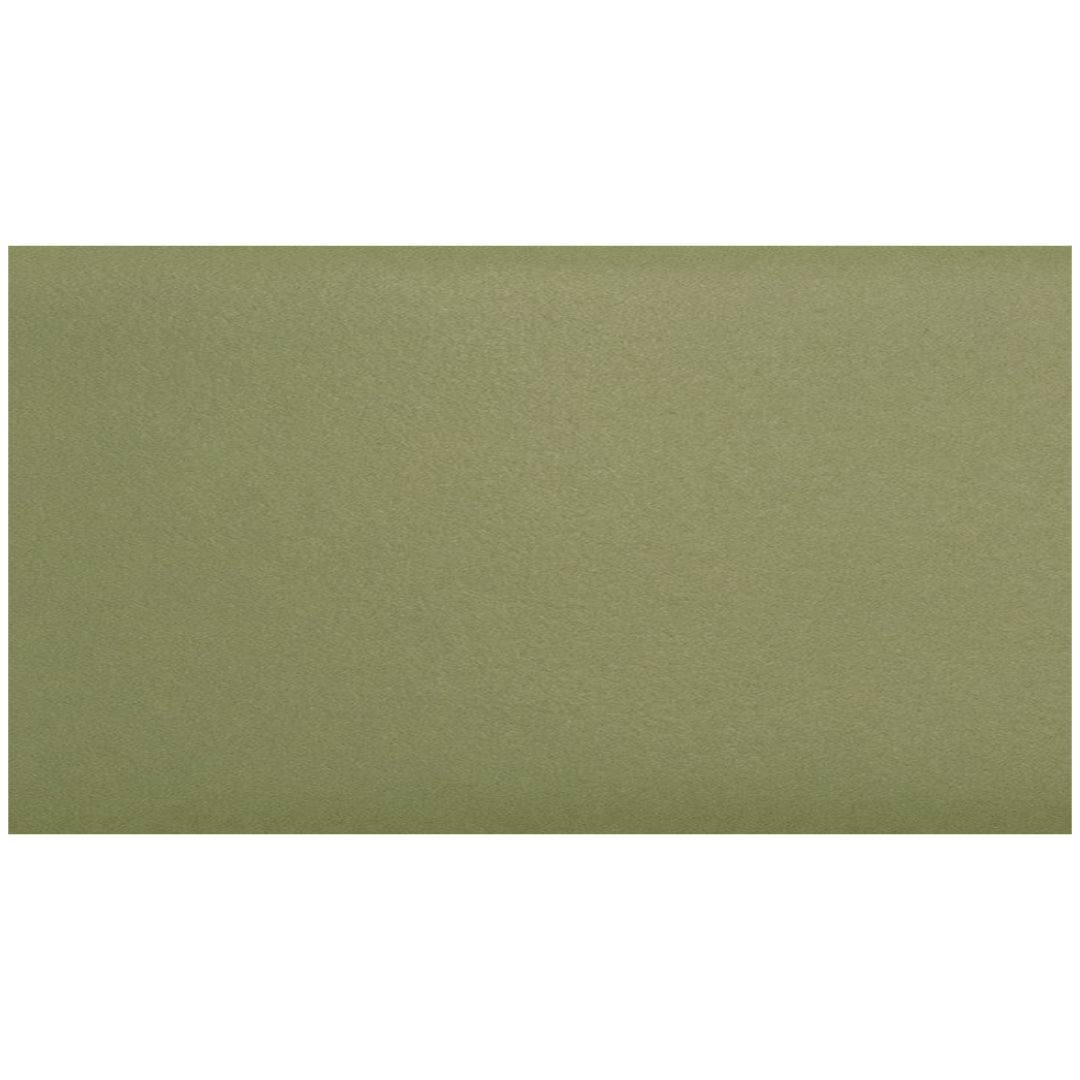
 Daltile Colormatch 2" x 8" Matte Ceramic Wall Tile
Daltile Colormatch 2" x 8" Matte Ceramic Wall Tile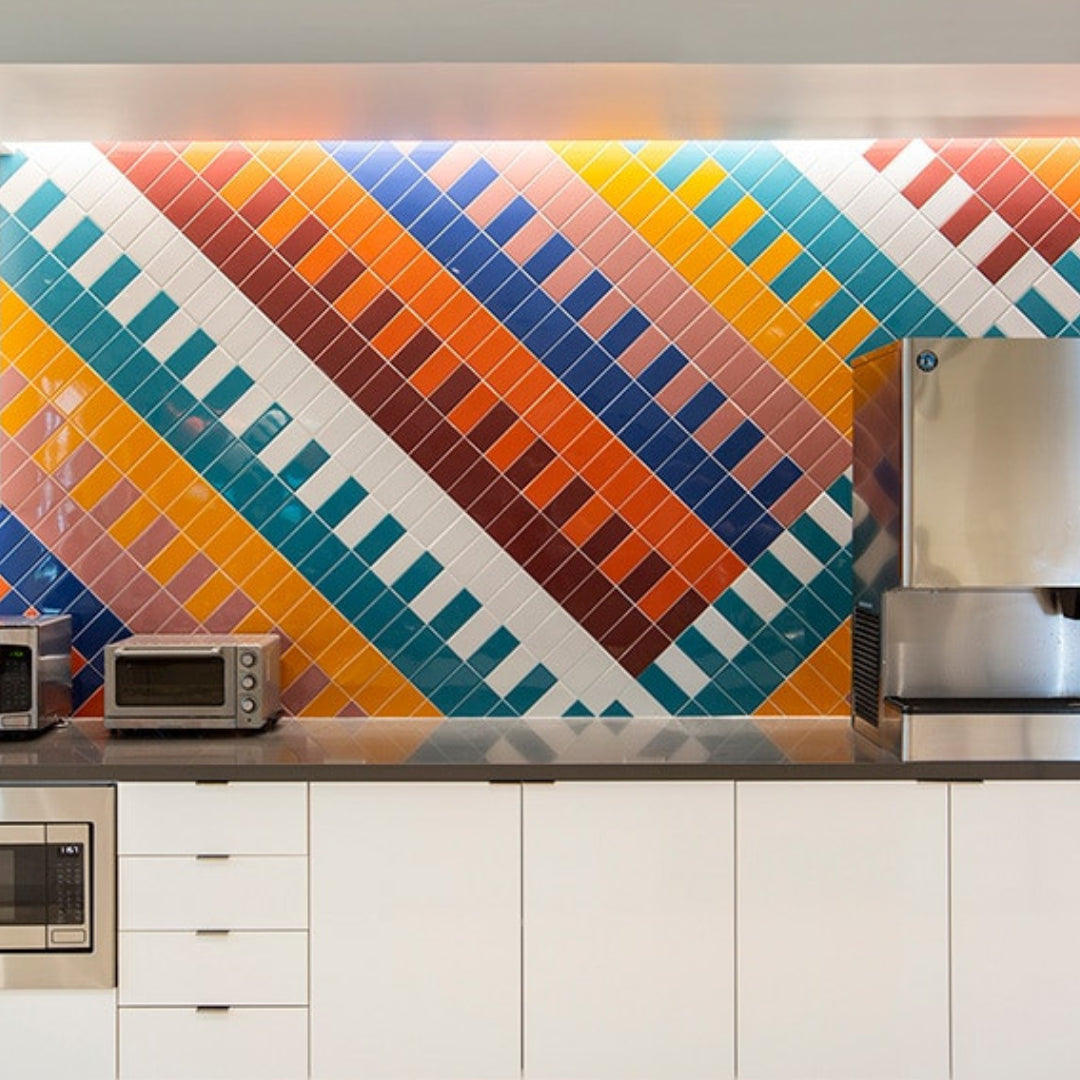

 Daltile Colormatch 2" x 8" Glossy Ceramic Wall Tile
Daltile Colormatch 2" x 8" Glossy Ceramic Wall Tile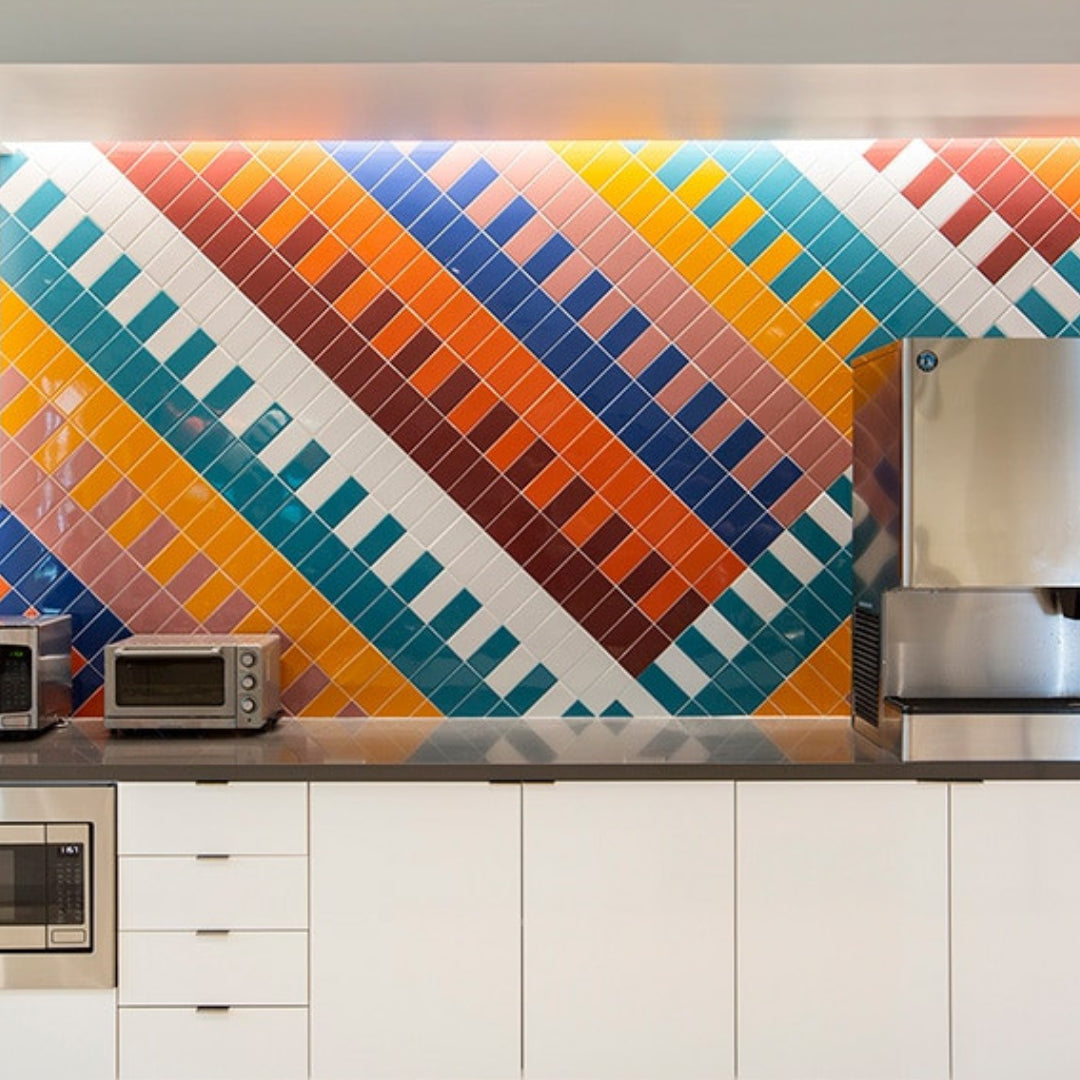
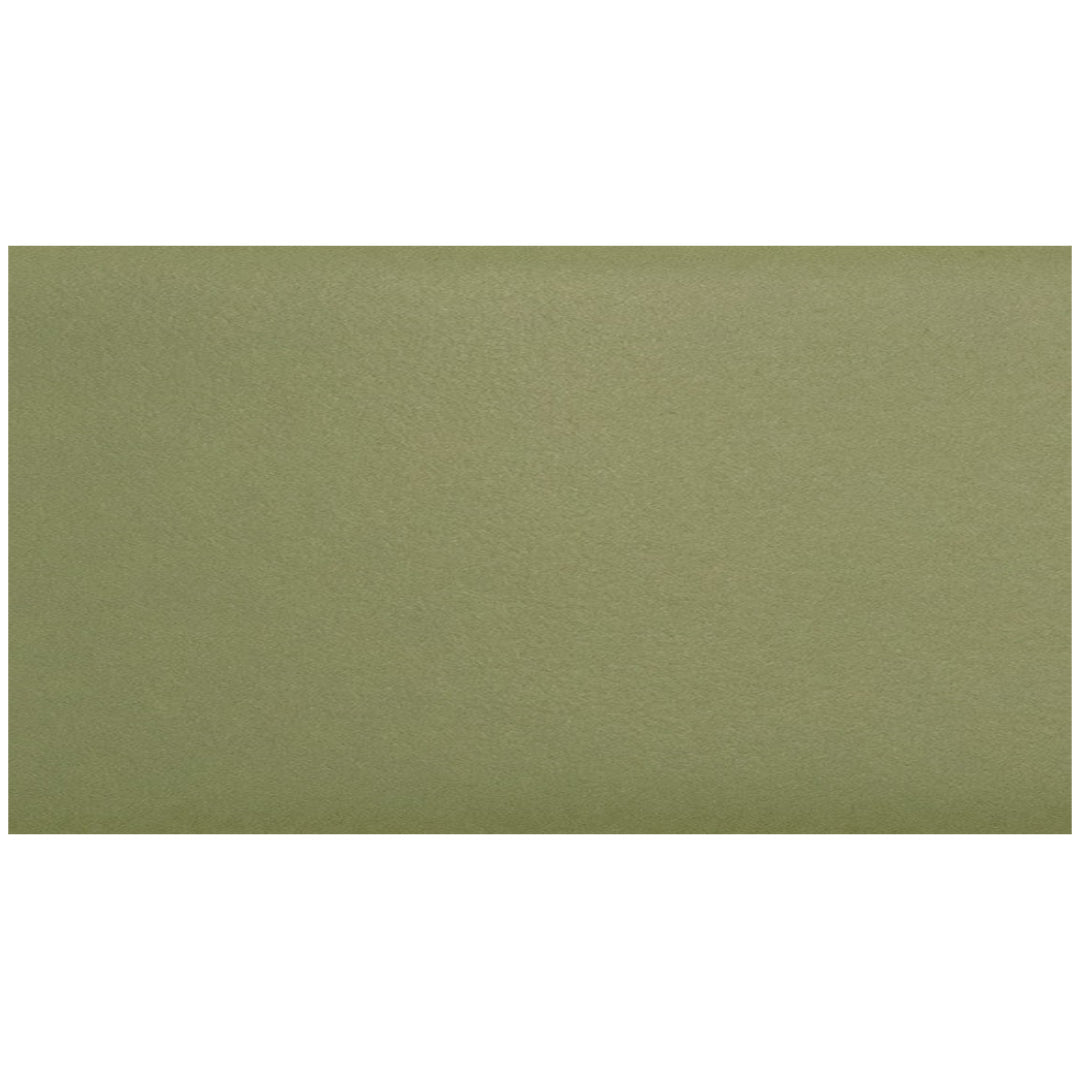
 Daltile Colormatch 12" x 24" Matte Ceramic Wall Tile
Daltile Colormatch 12" x 24" Matte Ceramic Wall Tile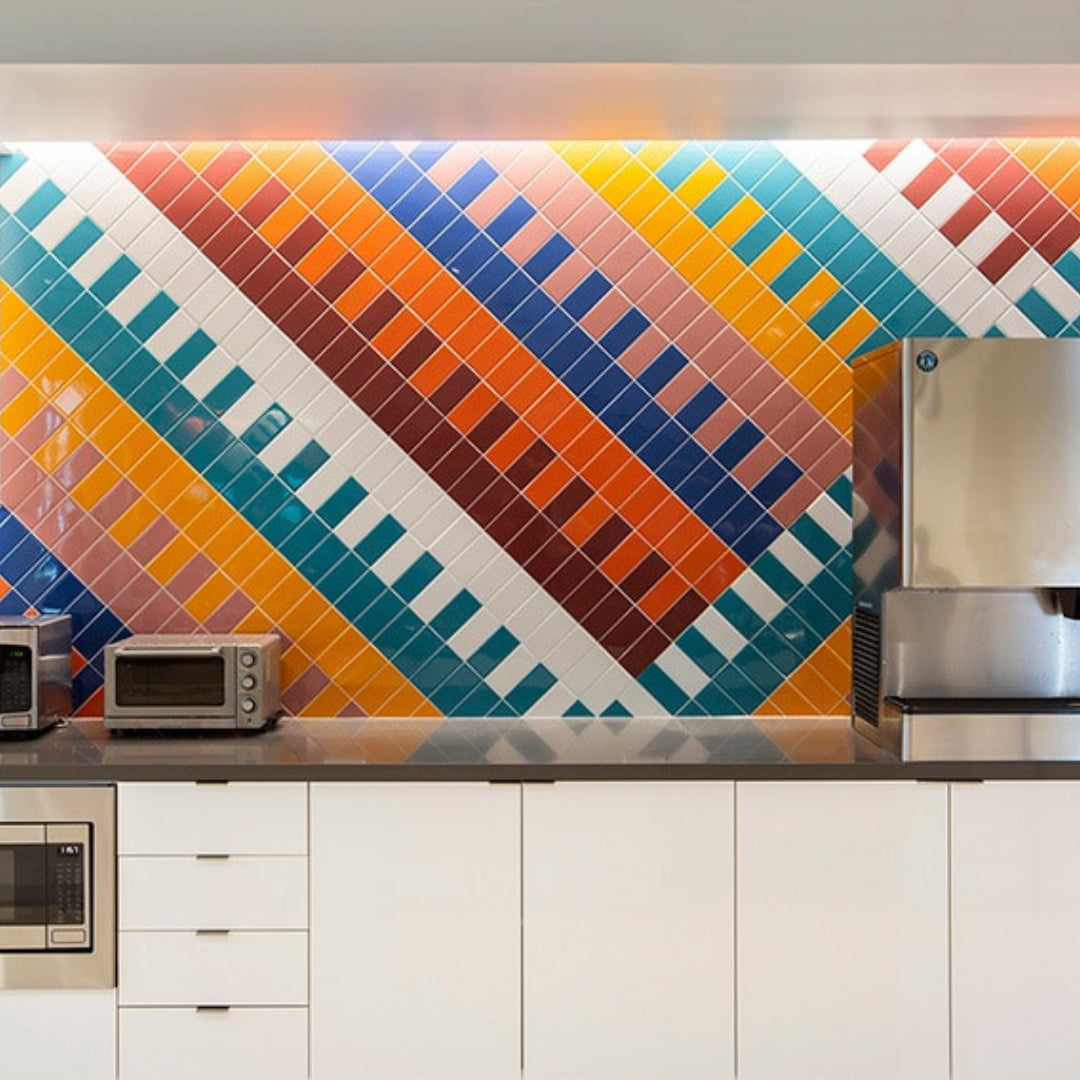
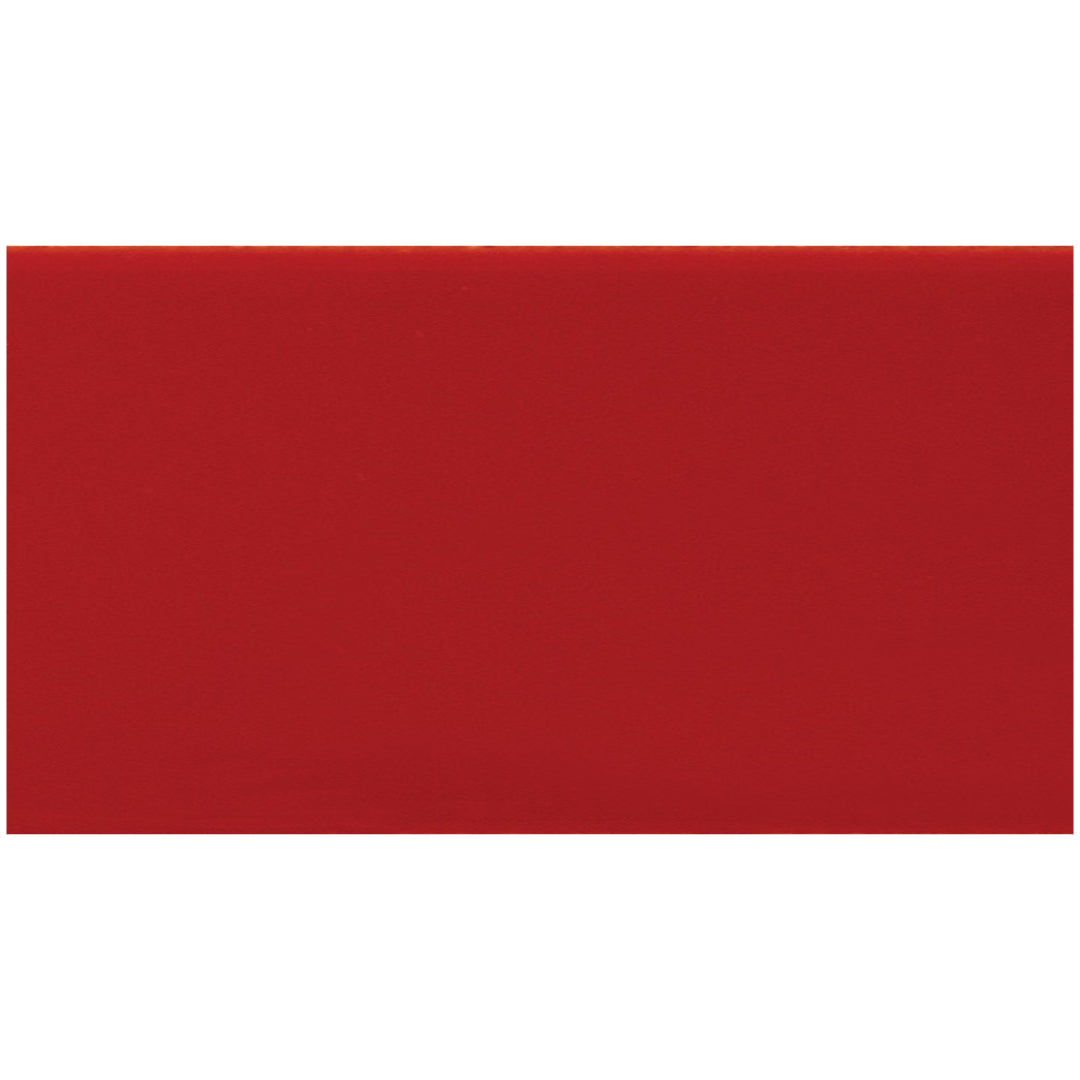
 Daltile Colormatch 12" x 24" Glossy Ceramic Wall Tile
Daltile Colormatch 12" x 24" Glossy Ceramic Wall Tile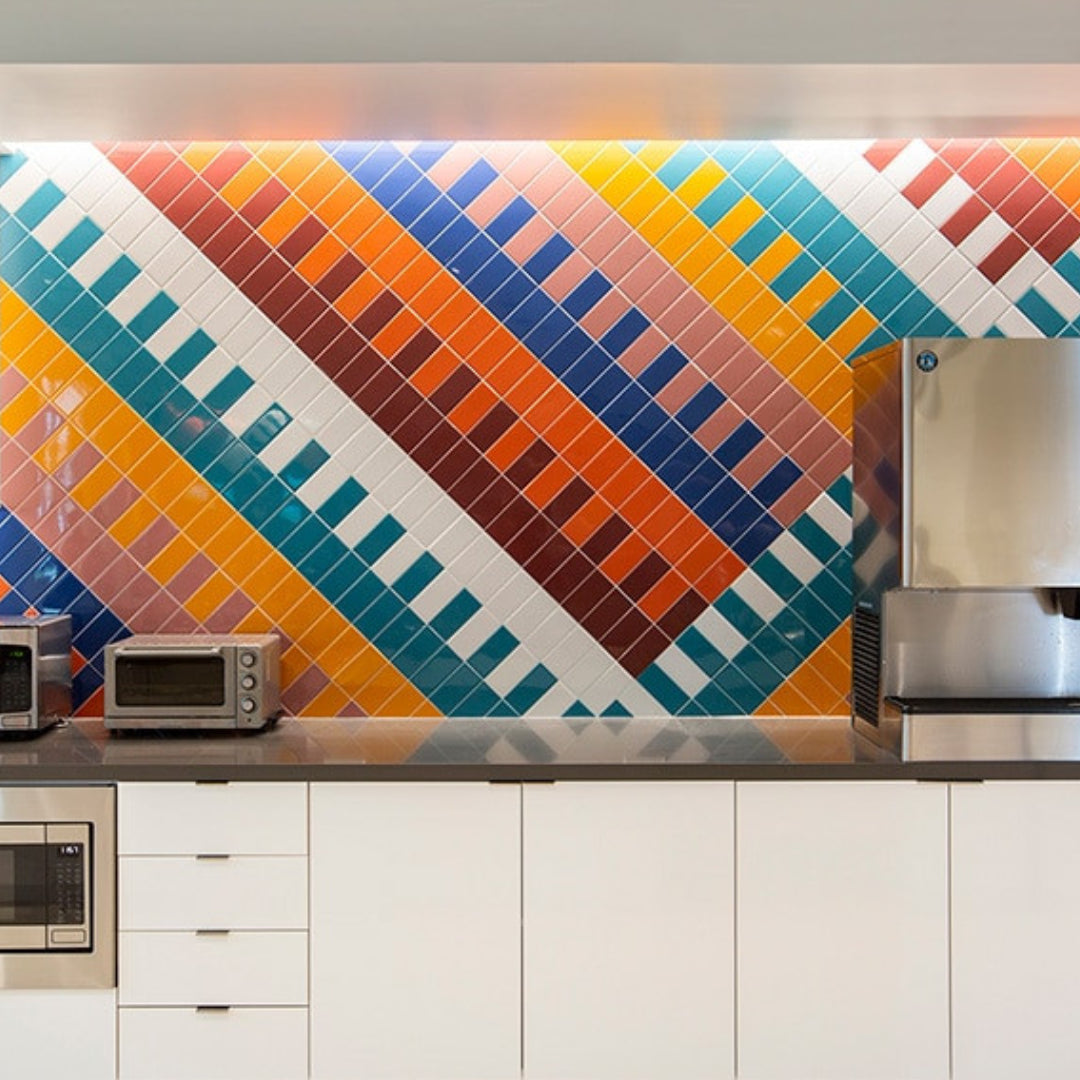
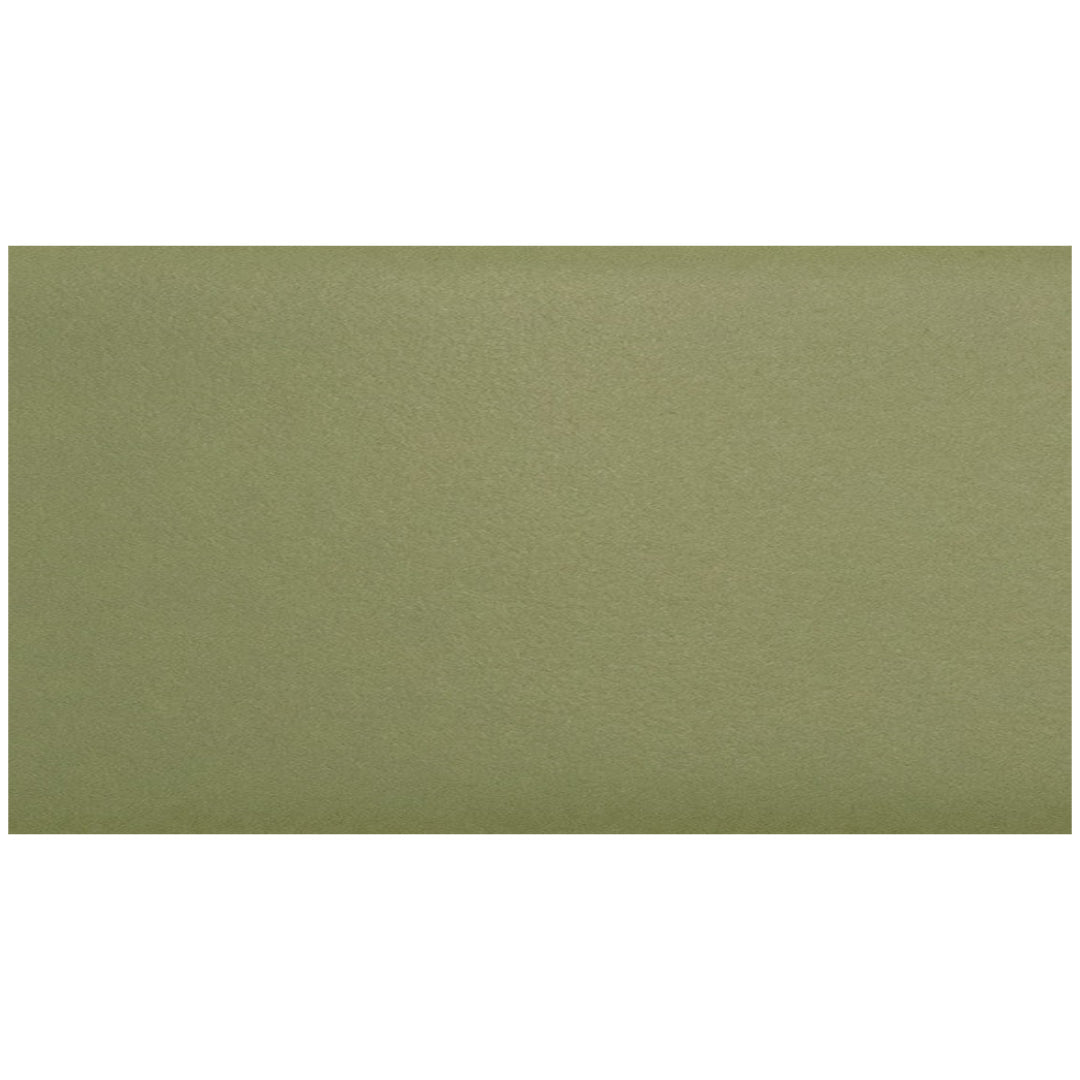
 Daltile Colormatch 10" x 14" Matte Ceramic Wall Tile
Daltile Colormatch 10" x 14" Matte Ceramic Wall Tile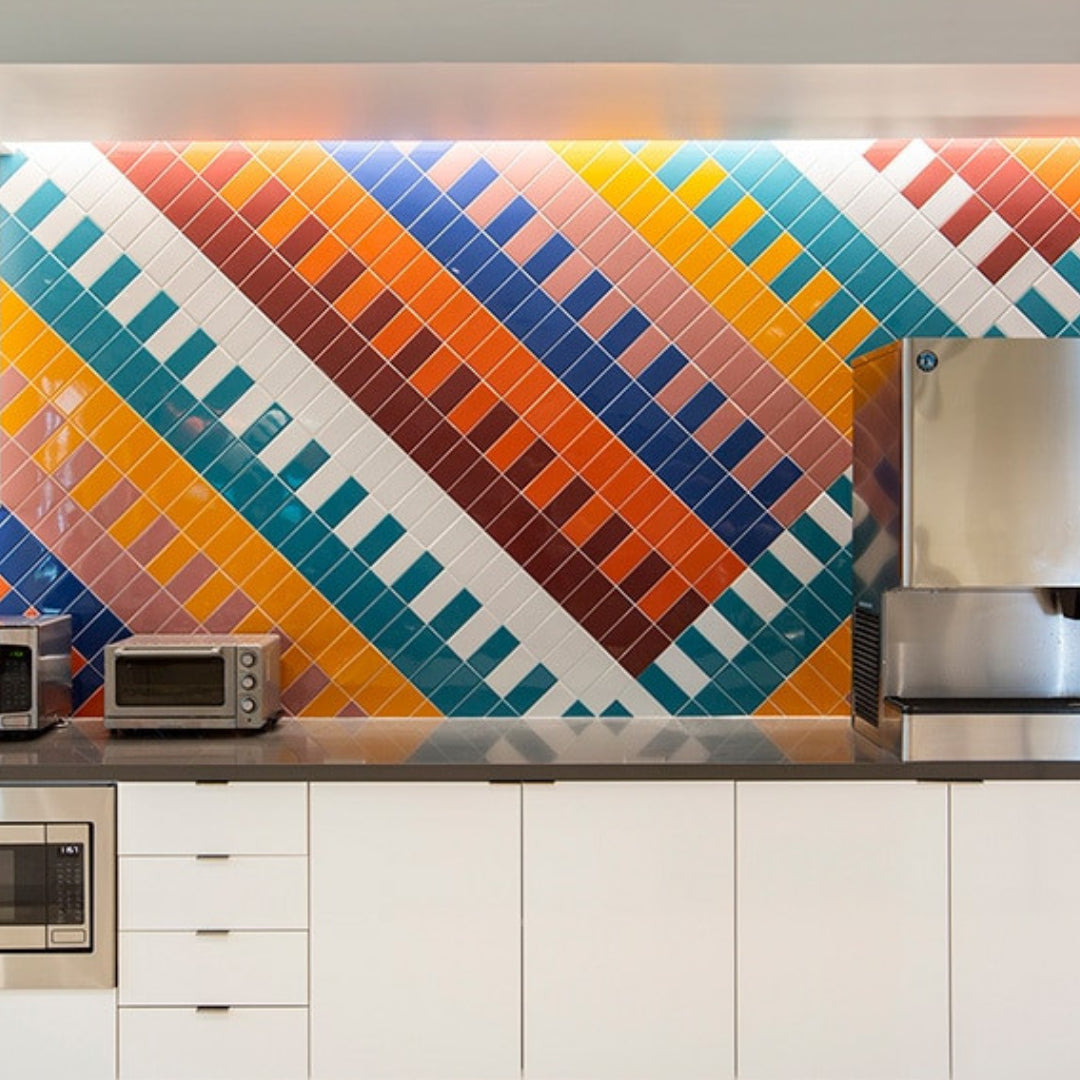
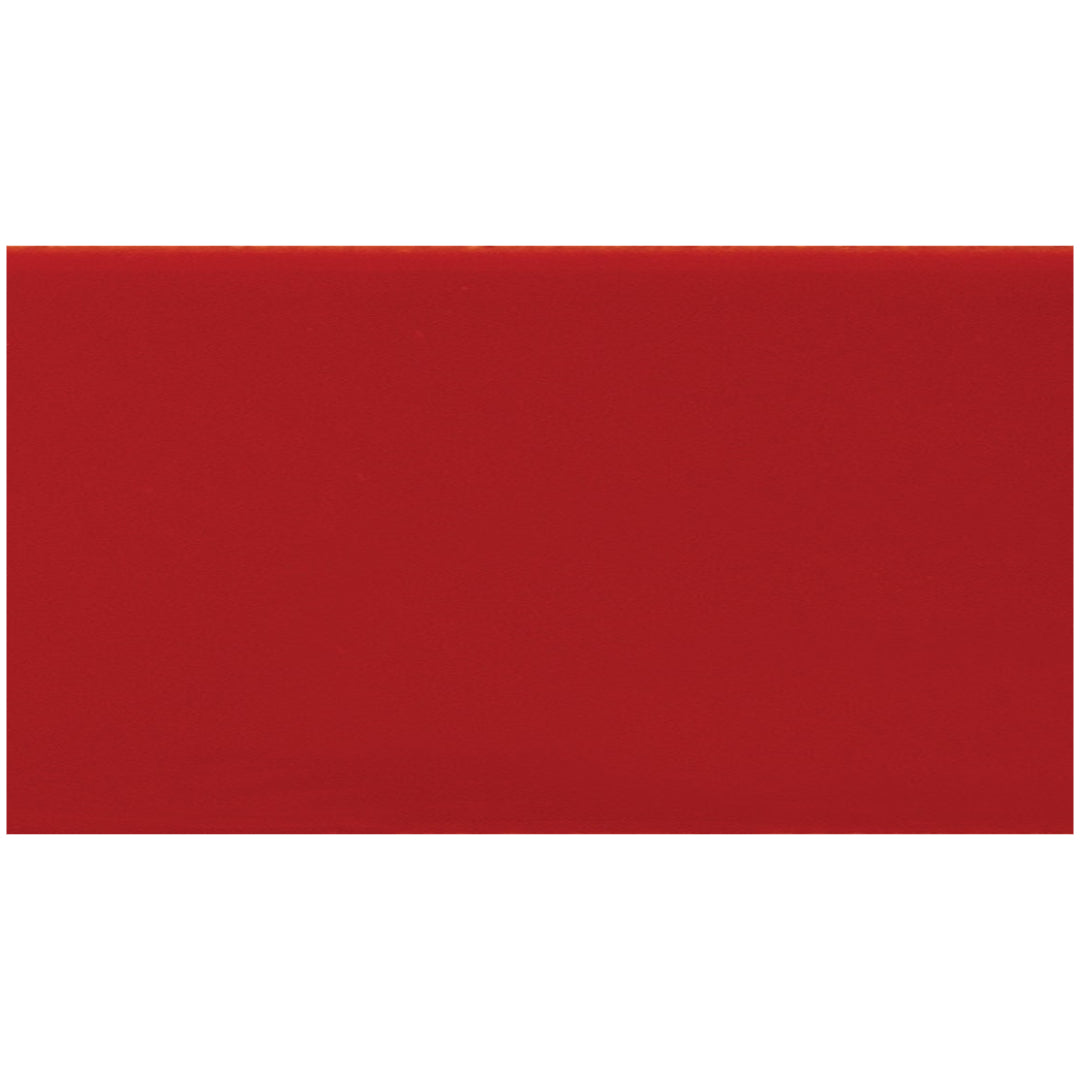
 Daltile Colormatch 10" x 14" Glossy Ceramic Wall Tile
Daltile Colormatch 10" x 14" Glossy Ceramic Wall Tile
 Daltile Composition 12" x 24" Matte Ceramic Wall Tile
Daltile Composition 12" x 24" Matte Ceramic Wall Tile
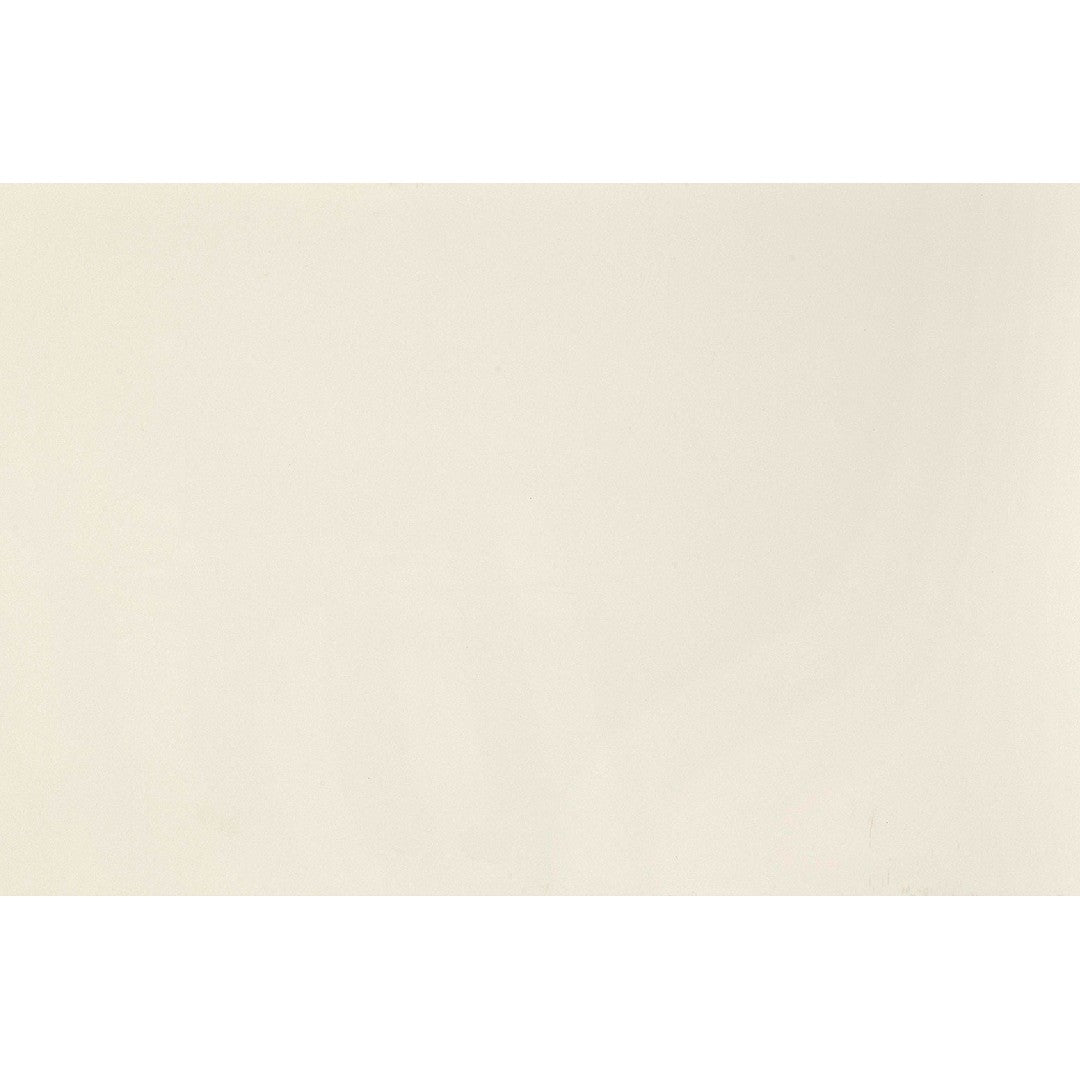
 Daltile Composition 12" x 24" Glossy Ceramic Wall Tile
Daltile Composition 12" x 24" Glossy Ceramic Wall Tile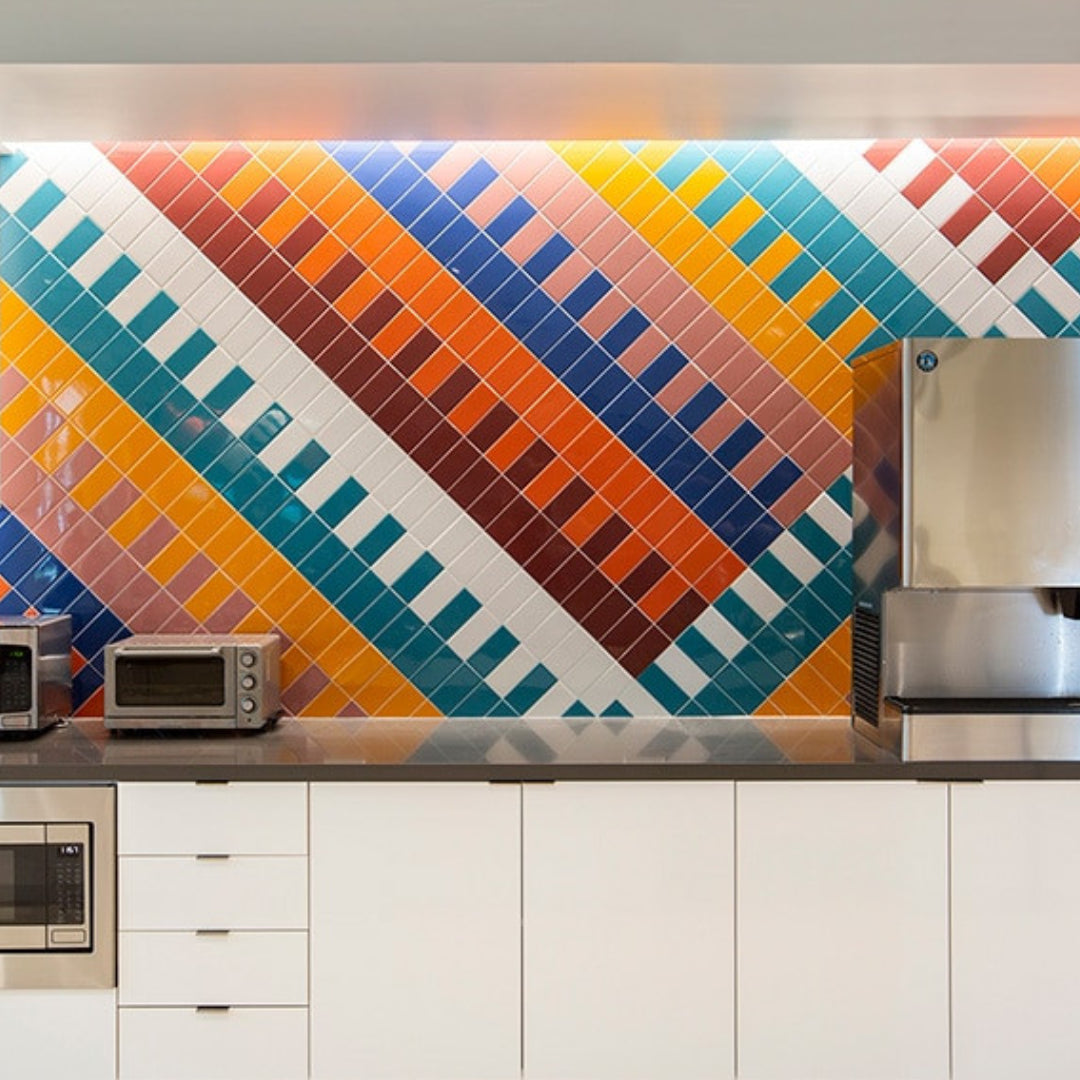
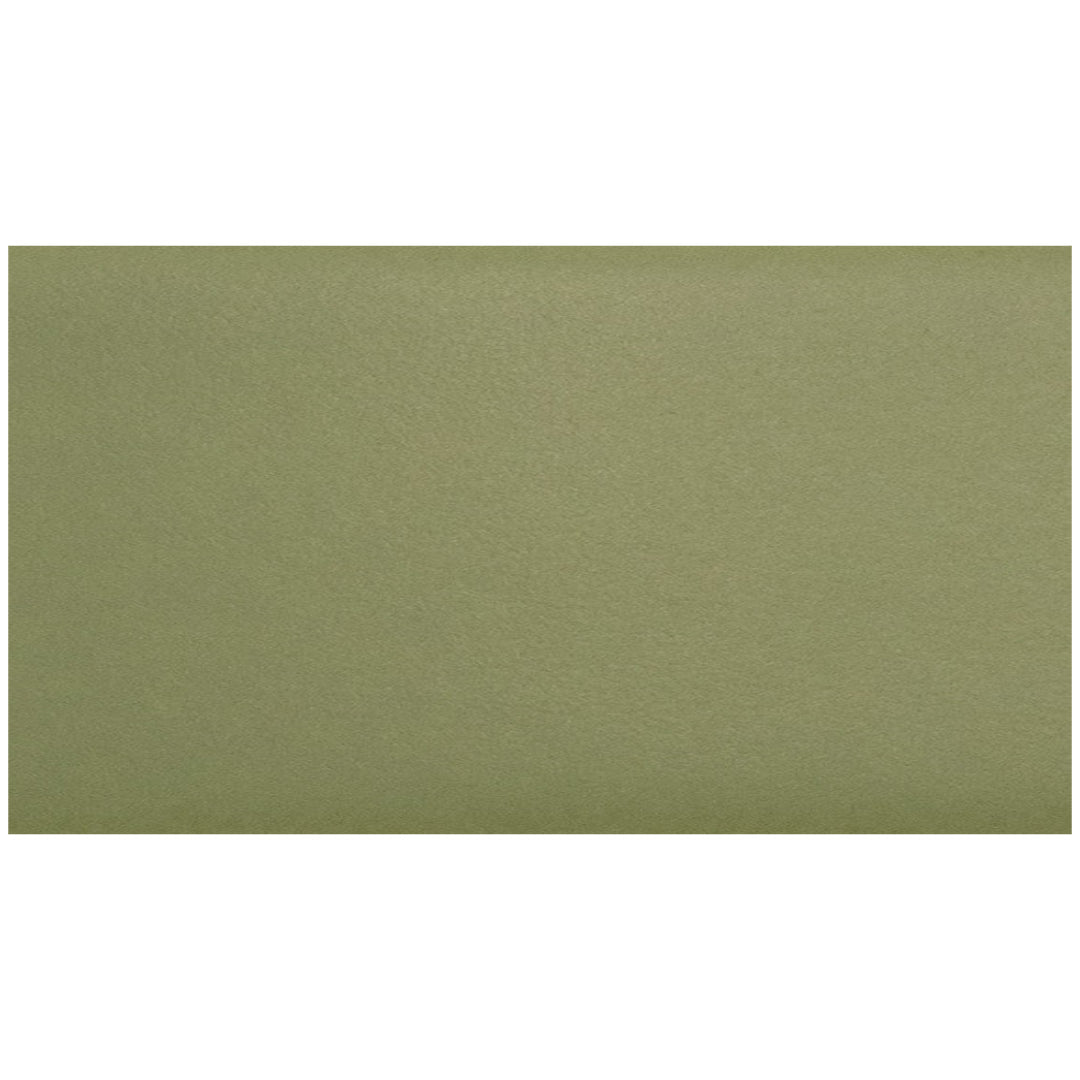
 Daltile Colormatch 8" x 24" Matte Ceramic Wall Tile
Daltile Colormatch 8" x 24" Matte Ceramic Wall Tile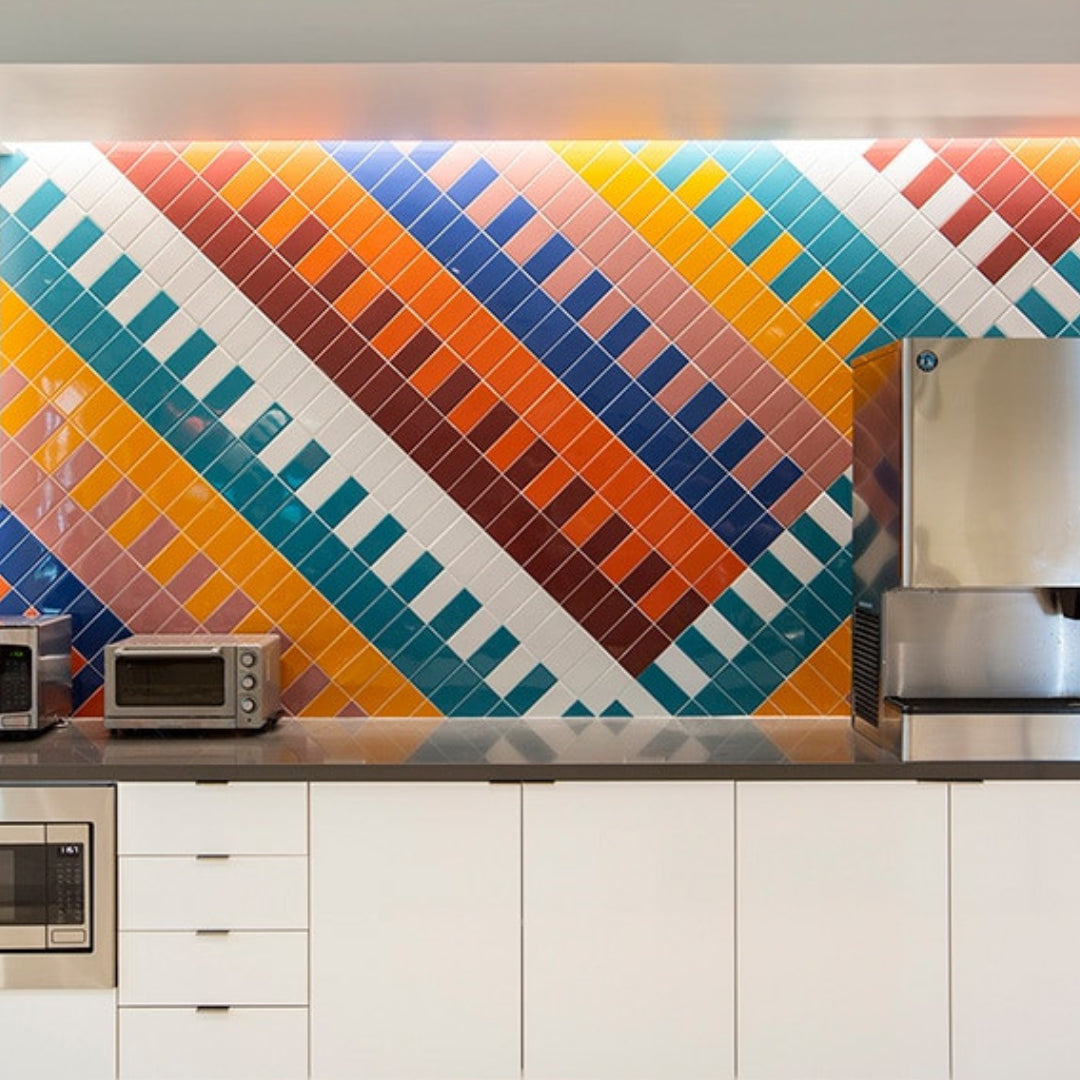
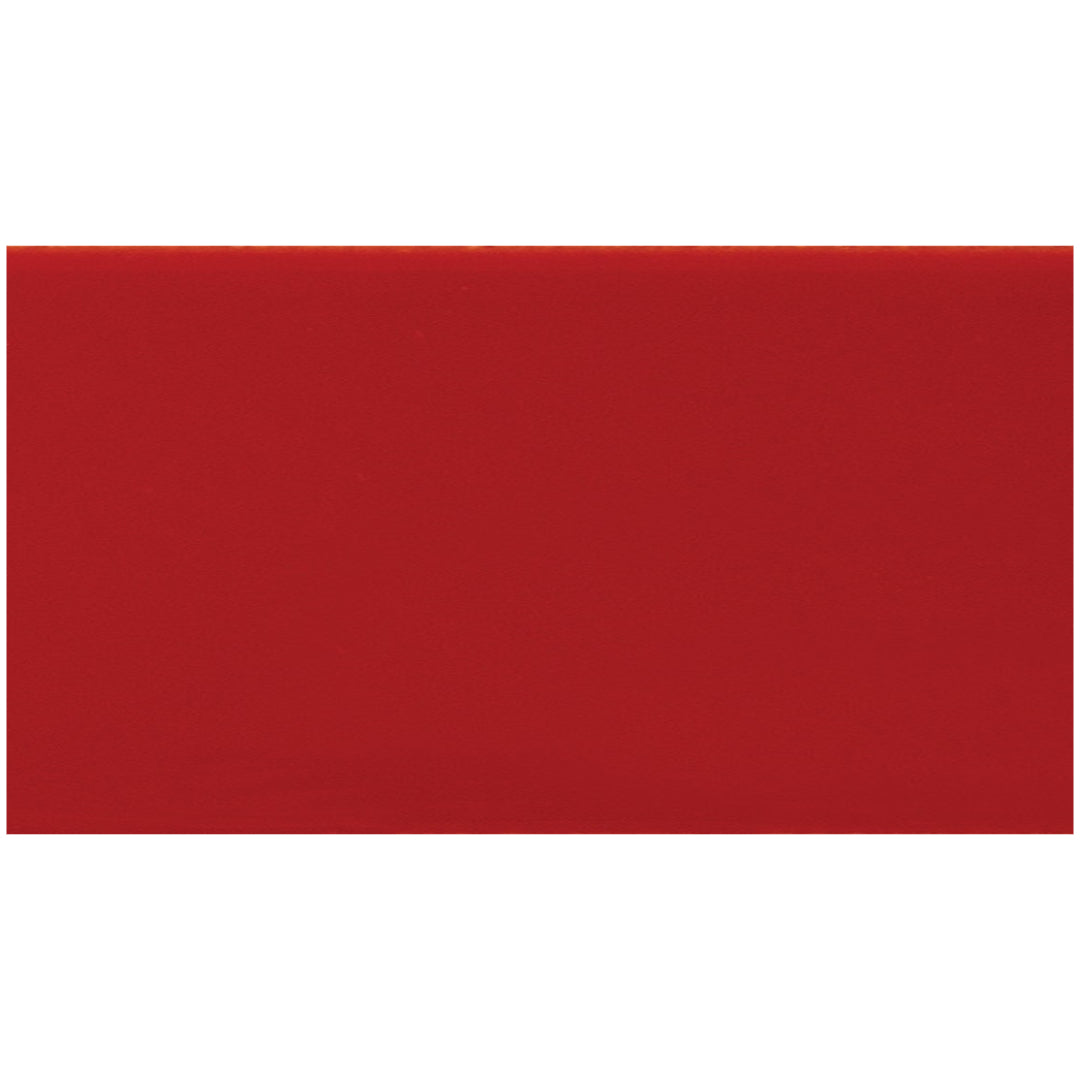
 Daltile Colormatch 8" x 24" Glossy Ceramic Wall Tile
Daltile Colormatch 8" x 24" Glossy Ceramic Wall Tile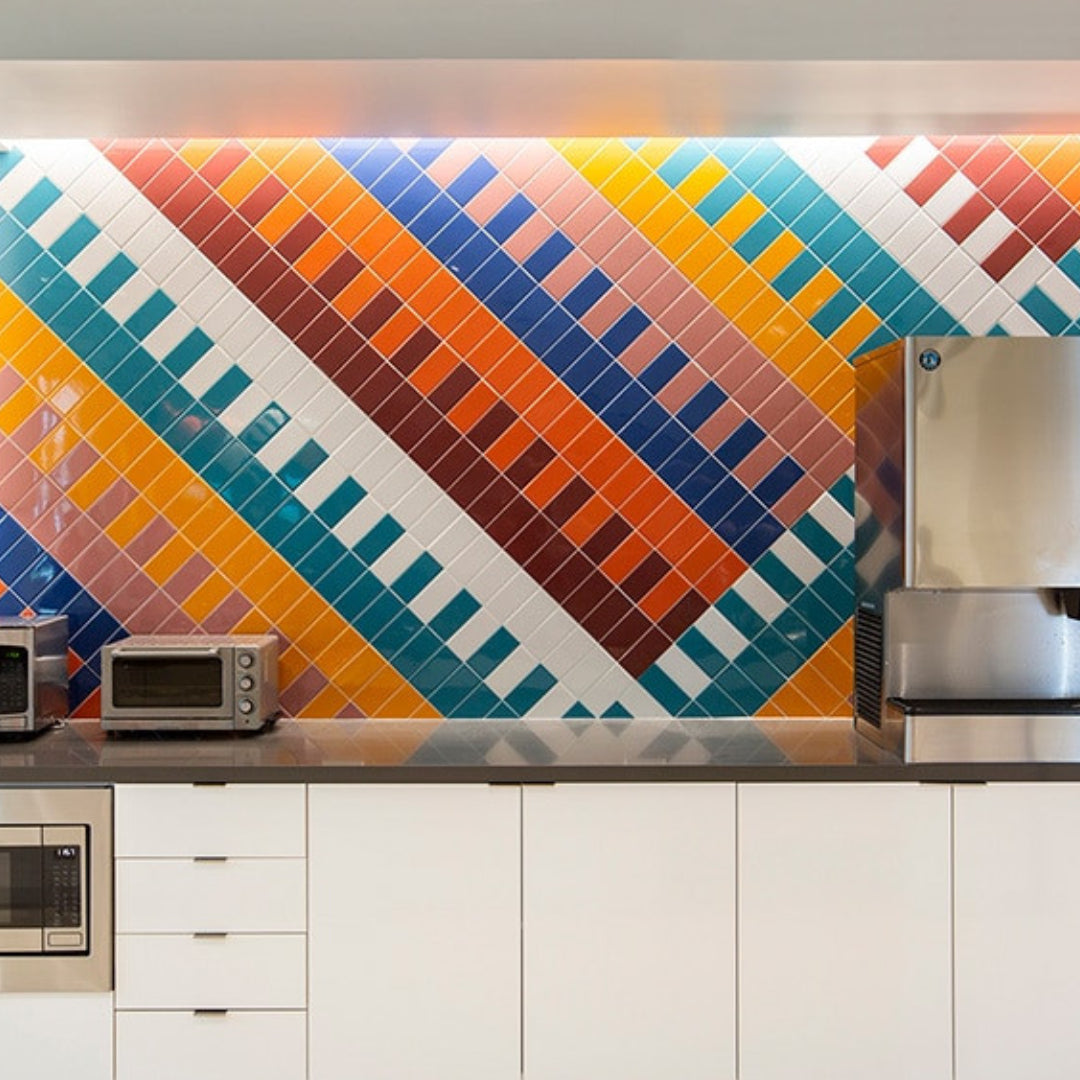
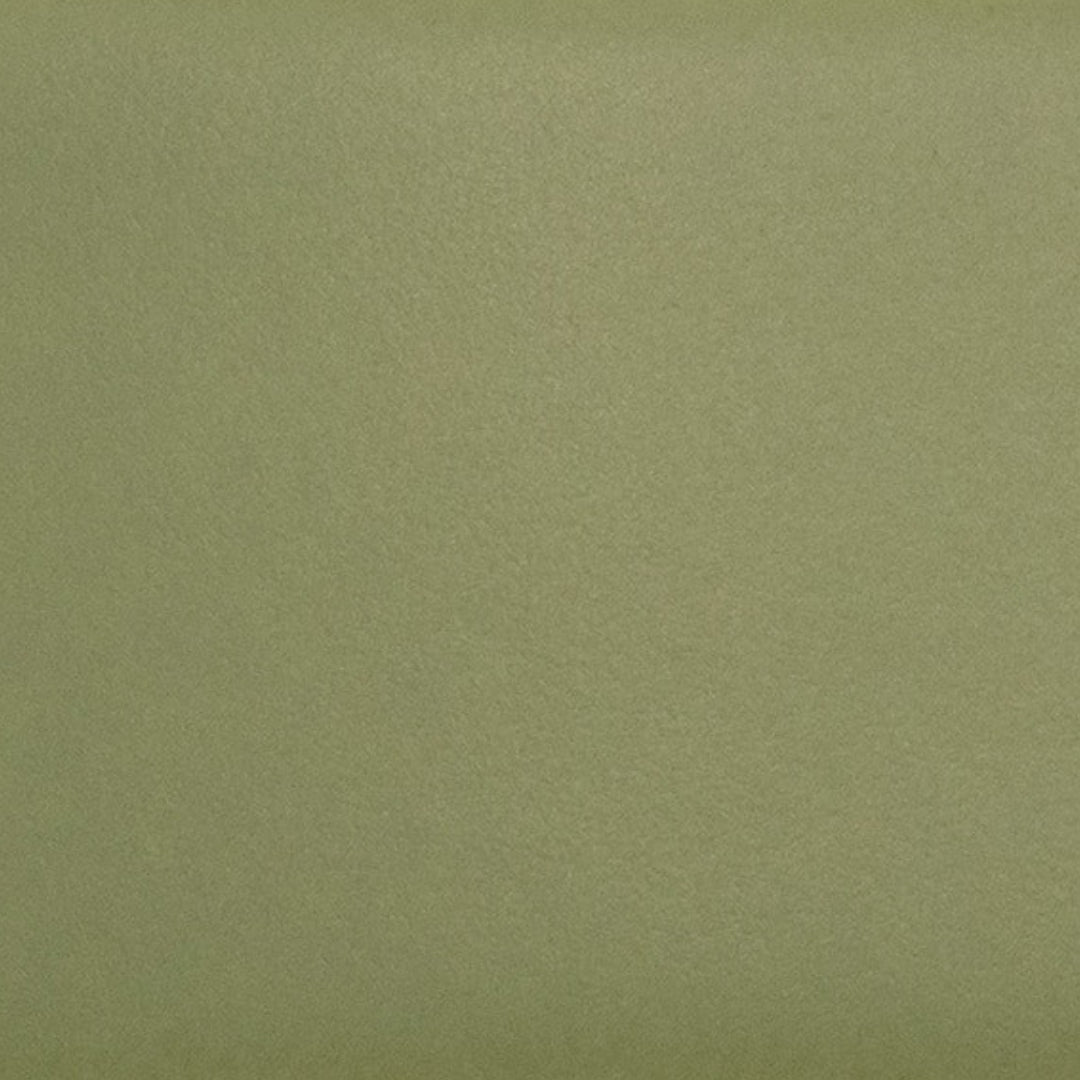
 Daltile Colormatch 6" x 6" Matte Ceramic Wall Tile
Daltile Colormatch 6" x 6" Matte Ceramic Wall Tile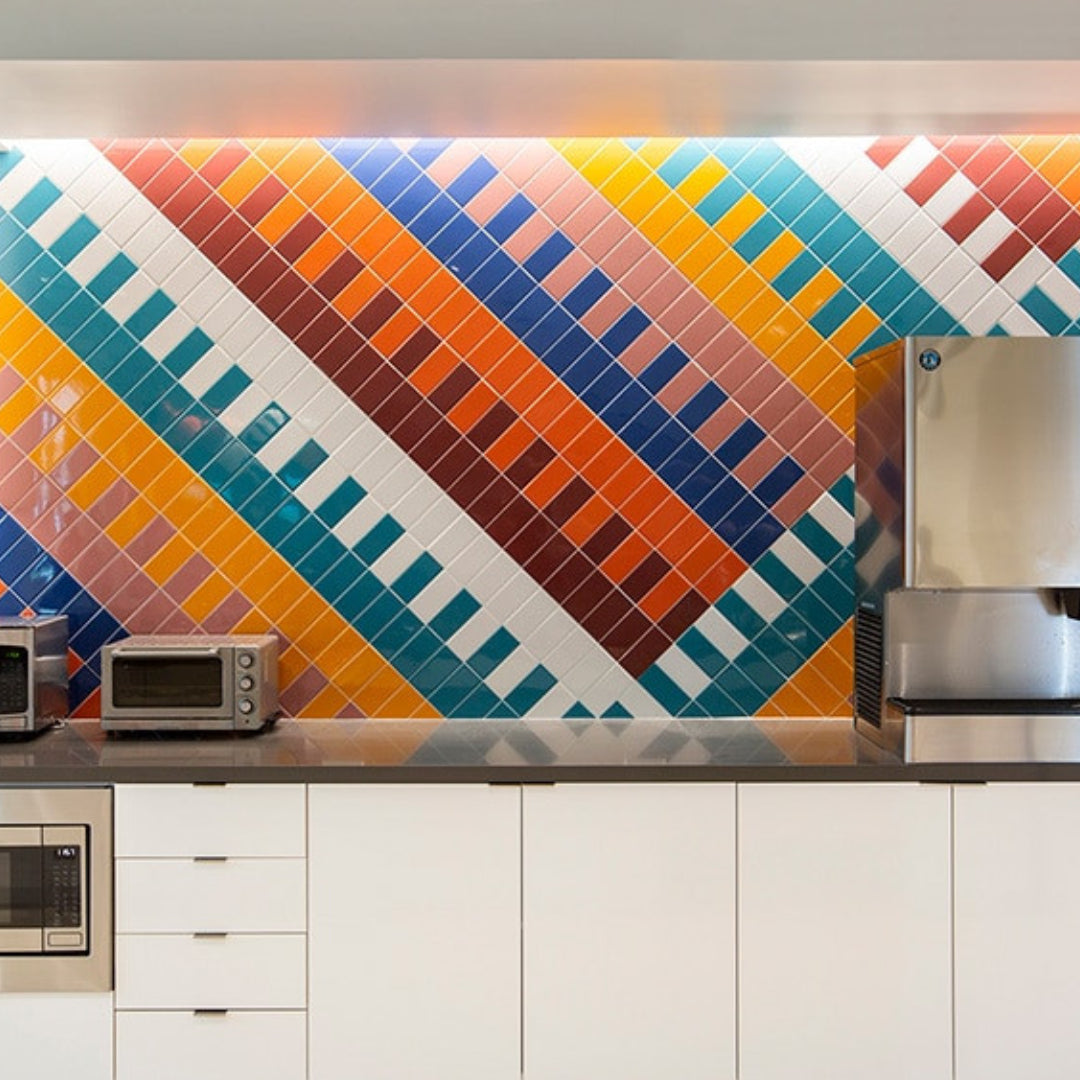

 Daltile Colormatch 6" x 6" Glossy Ceramic Wall Tile
Daltile Colormatch 6" x 6" Glossy Ceramic Wall Tile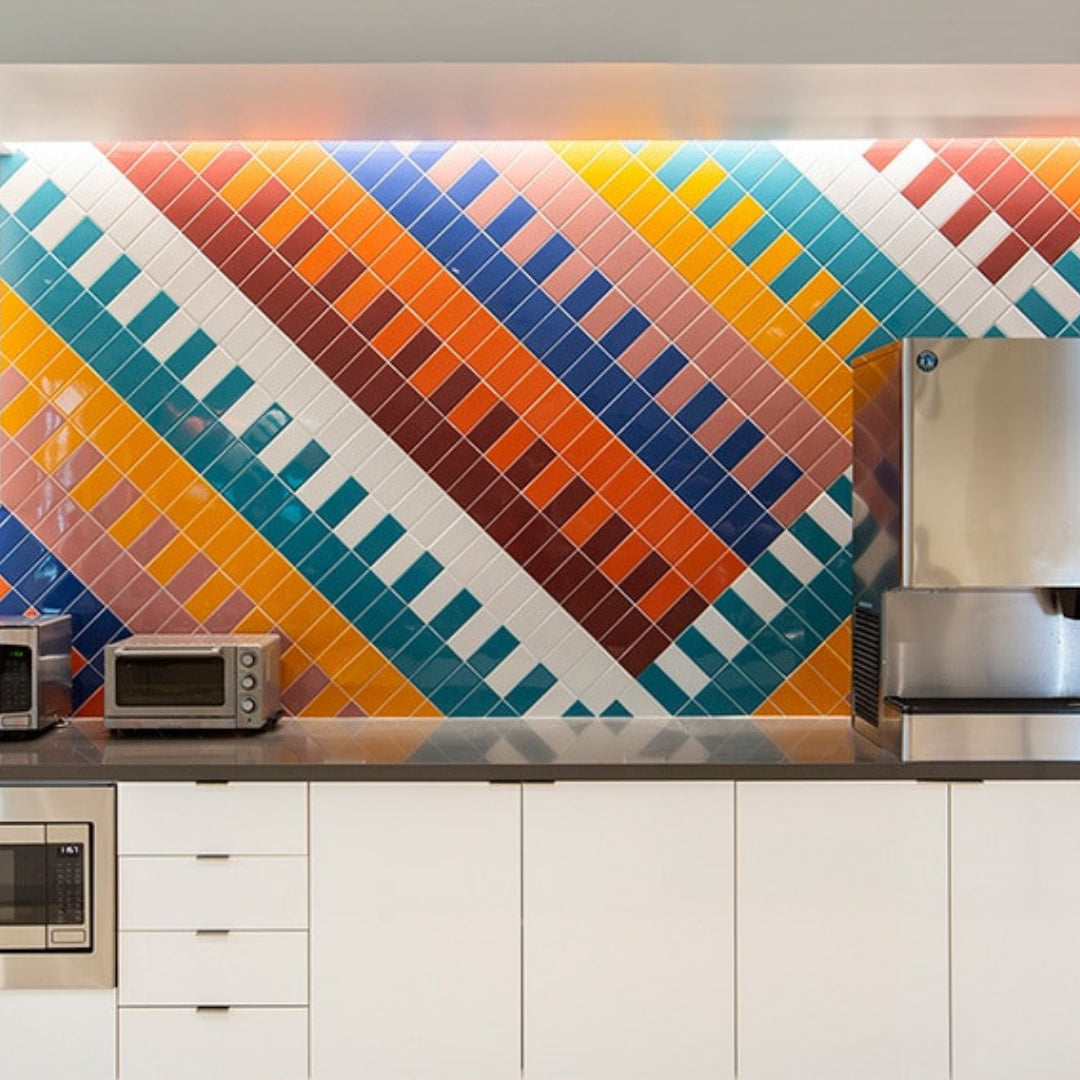
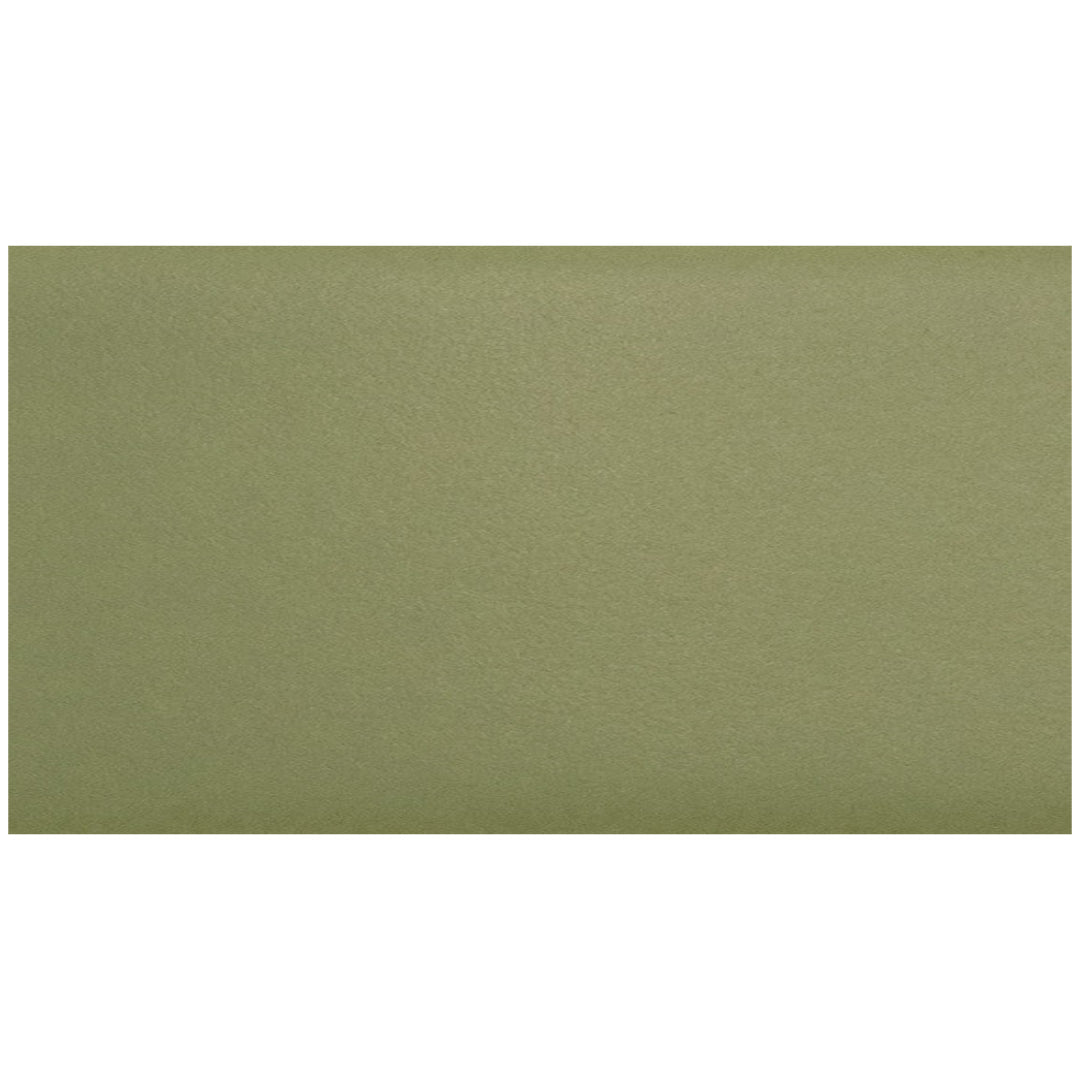
 Daltile Colormatch 6" x 18" Matte Ceramic Wall Tile
Daltile Colormatch 6" x 18" Matte Ceramic Wall TileTiling a shower wall is a great way to improve both the look and function of your bathroom. Whether you're using classic 3x6 subway tiles or larger 4x12 porcelain or ceramic pieces, proper planning and installation are key. Below is a straightforward guide to help you get started with your shower tiling project.
Choosing the Right Wall Tile for Showers
Use Moisture-Resistant Materials
For any shower project, pick wall tiles that handle water well. Porcelain and ceramic tiles are top choices because they are easy to clean and hold up well in wet conditions.
If you want a traditional design, subway tiles are a solid option. A 3x6 subway tile gives a clean, simple layout. A larger 4x12 wall tile adds a more modern look with fewer grout lines.
Step 1: Prepare the Shower Wall
Before installing tile, the shower wall must be clean, smooth, and moisture-protected. Cement board or backer board is better than drywall for wet areas like showers. Make sure everything is fastened and level.
Use a pencil and level to mark horizontal and vertical guide lines on the wall. This helps keep the tiles straight during installation.
Step 2: Plan the Tile Layout
Dry-Lay Tiles First
Place a few tiles with spacers on a flat surface to see how your layout will look. If you're combining 3x6 wall tile with 4x12 tiles, this is the time to test your pattern.
Try to avoid tiny tile slivers along the edges. Adjust your layout so that you end with at least half a tile at the corners.
Step 3: Apply Adhesive and Set the Tiles
Spread tile adhesive (thin-set mortar) on a small section of the wall using a notched trowel. Begin tiling from the lowest full row, using a straight edge or ledger board to keep the first line level, then continue upward row by row. Press each tile firmly into the adhesive, using spacers to keep lines even.
If you’re adding tile in a kitchen backsplash or bathroom shower, the same method applies—just be sure the wall is suitable for tile.
Step 4: Cut Tiles to Fit
Use a tile cutter or wet saw to trim tiles around corners or fixtures. Always measure carefully before cutting. This is especially important when using larger tiles like 4x12, where mistakes can stand out more.
Step 5: Grout the Shower Wall
Once the adhesive has dried (usually 24 hours), remove the spacers and apply grout with a float. Press it into the joints and clean off extra grout with a damp sponge.
Let the grout cure as per the product instructions before using the shower.
Final Thoughts
Tiling a shower wall takes patience, but it’s very manageable with the right steps. Whether you’re using classic subway tiles or larger porcelain pieces, proper prep and a steady process make all the difference. If you're already tiling a bathroom wall or kitchen backsplash, the experience will come in handy here.

